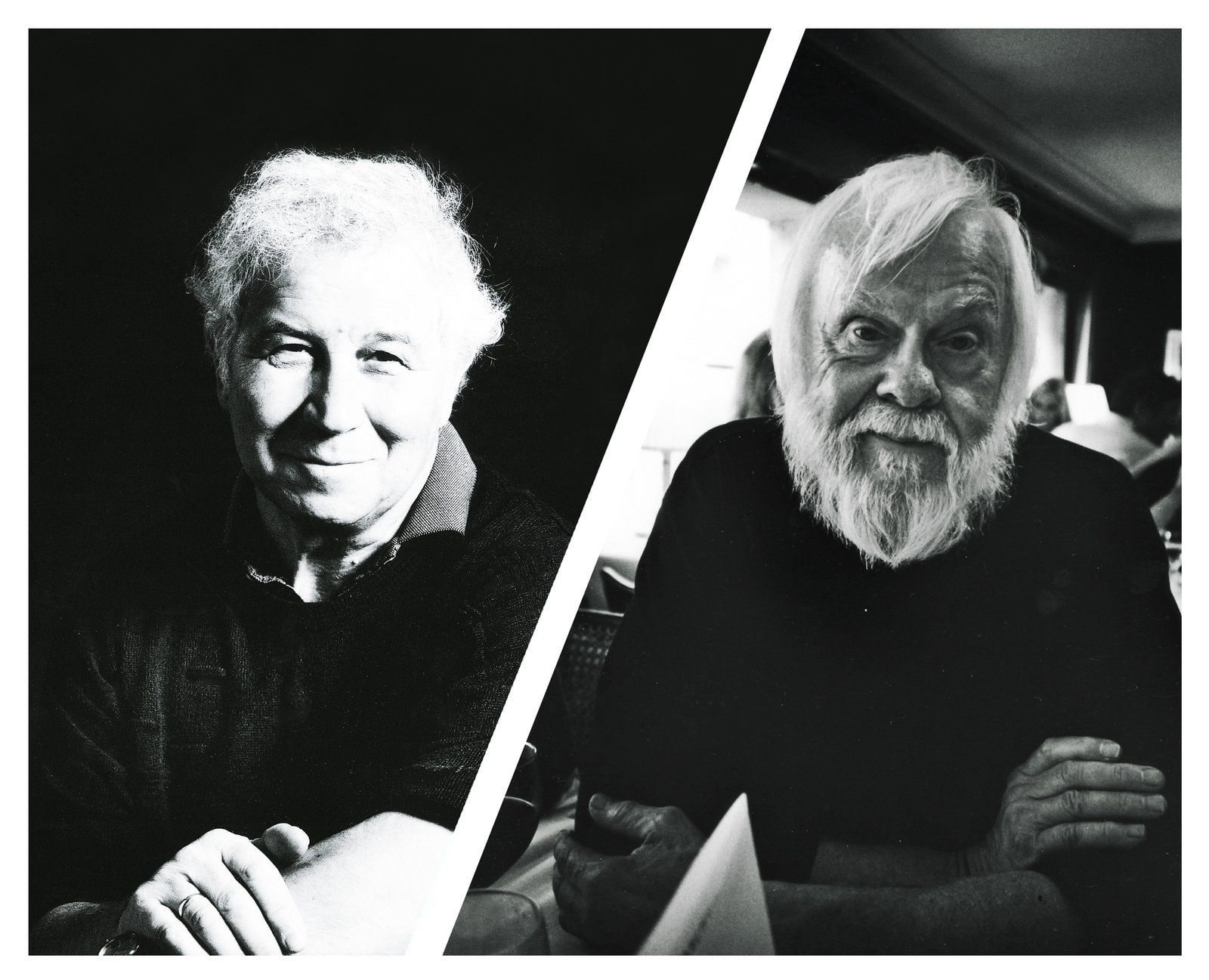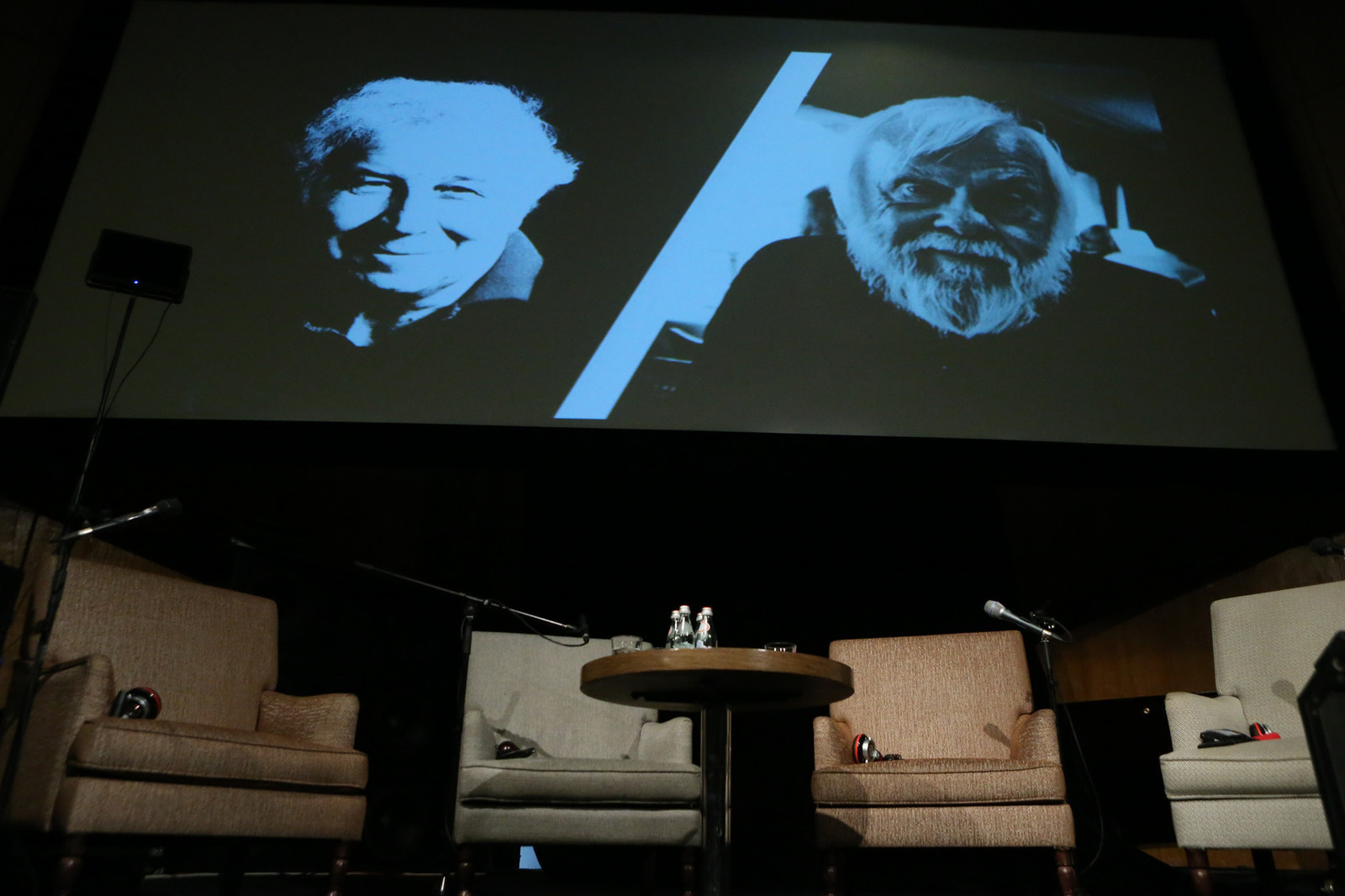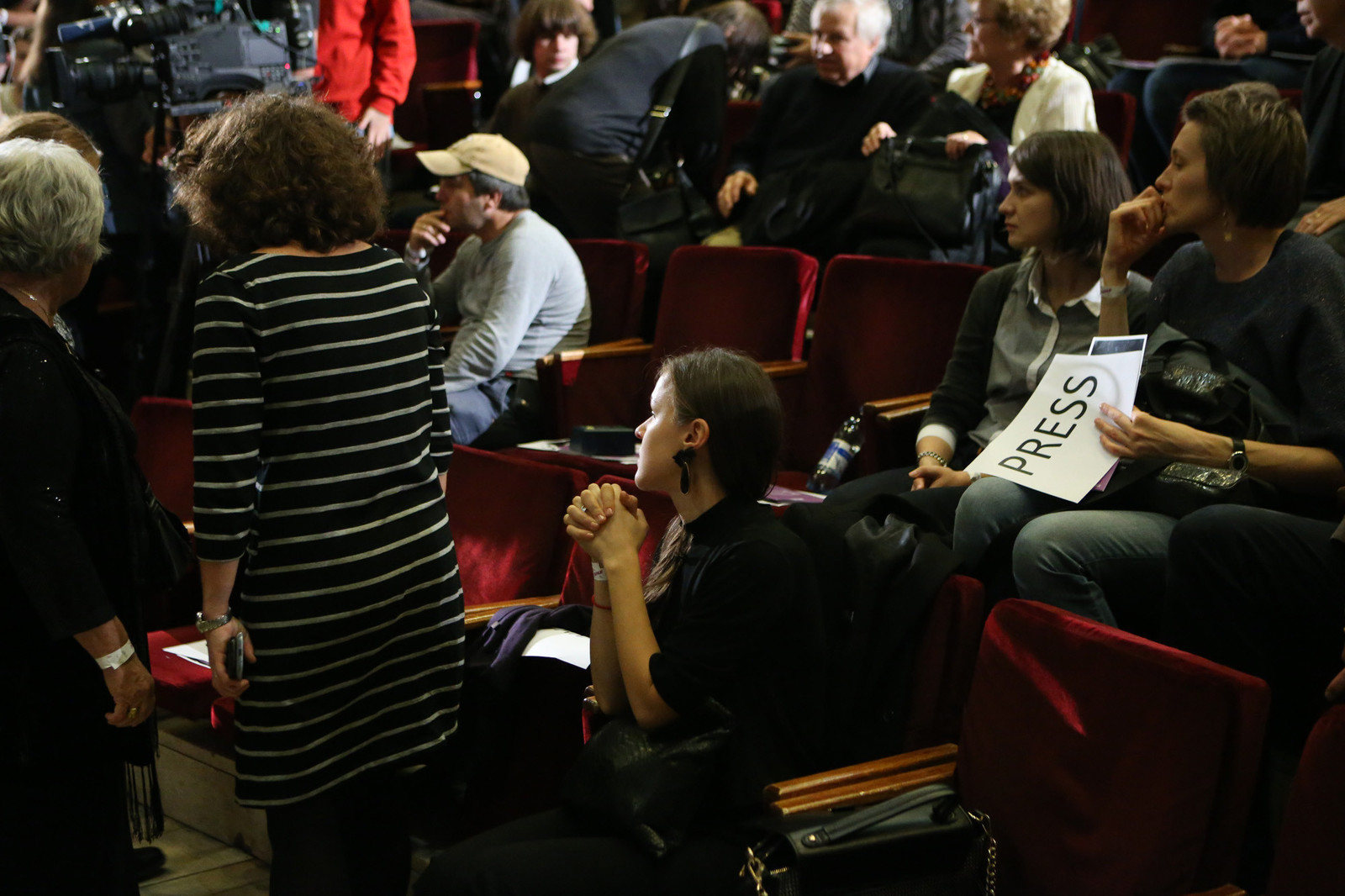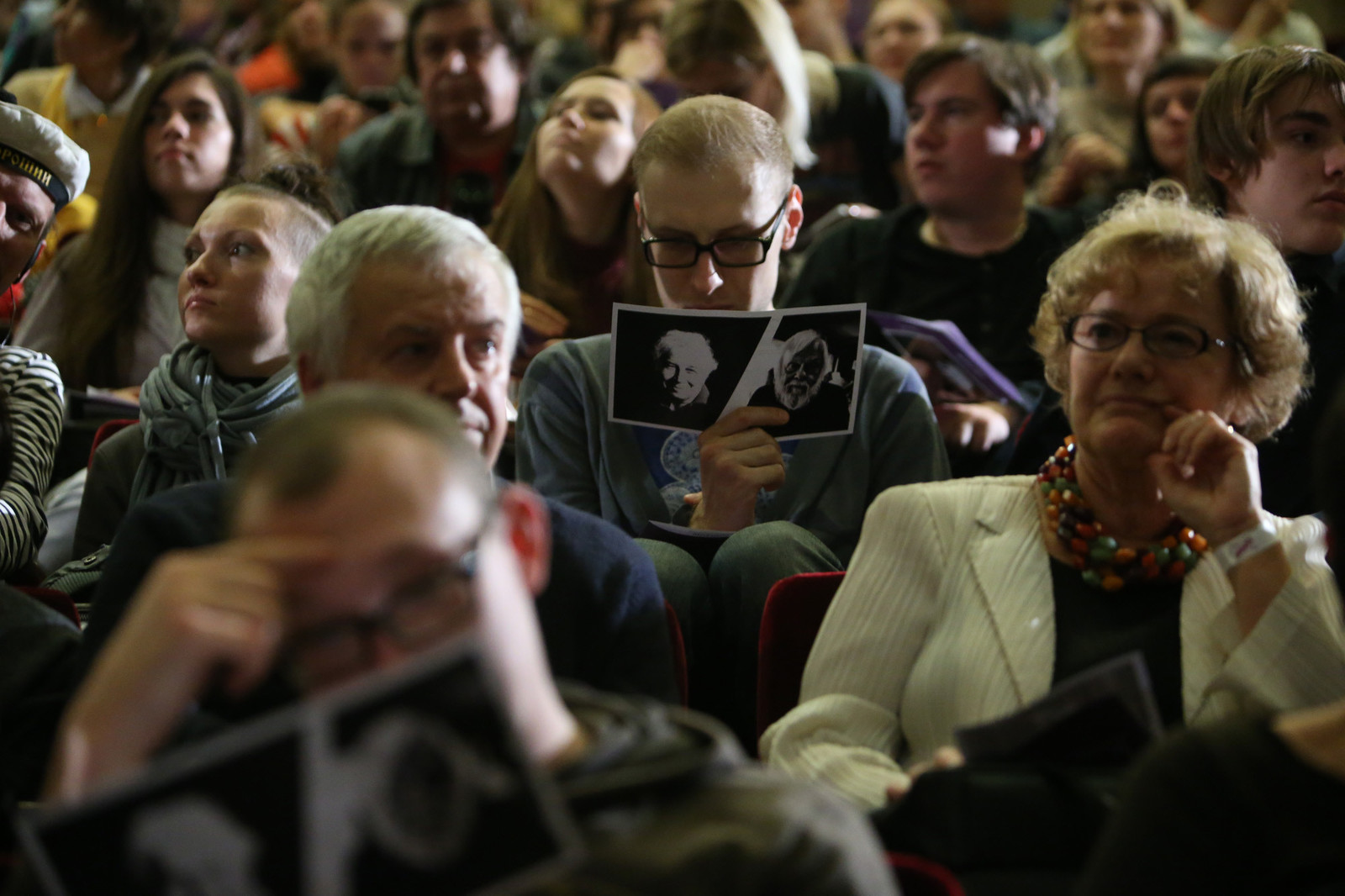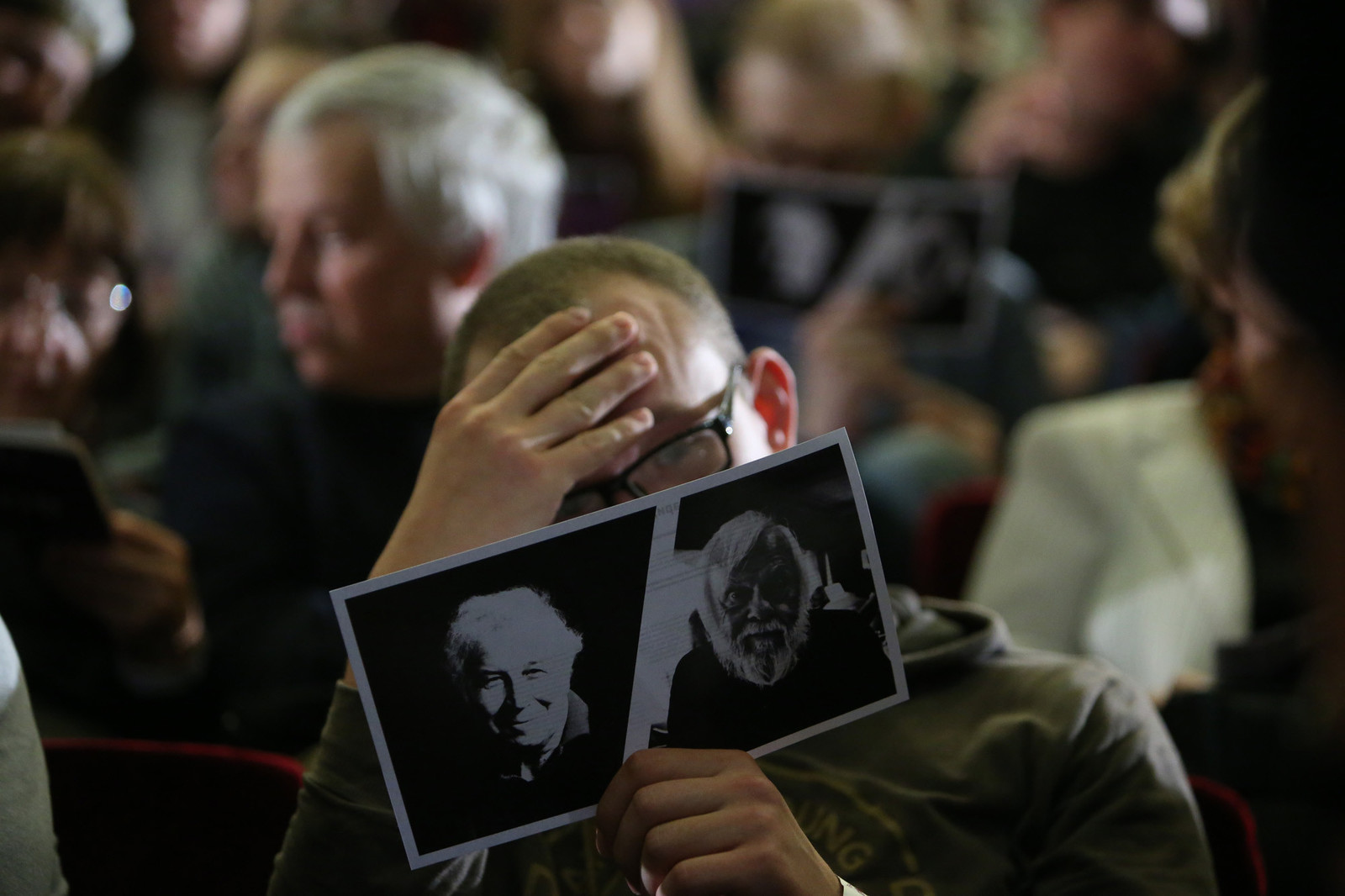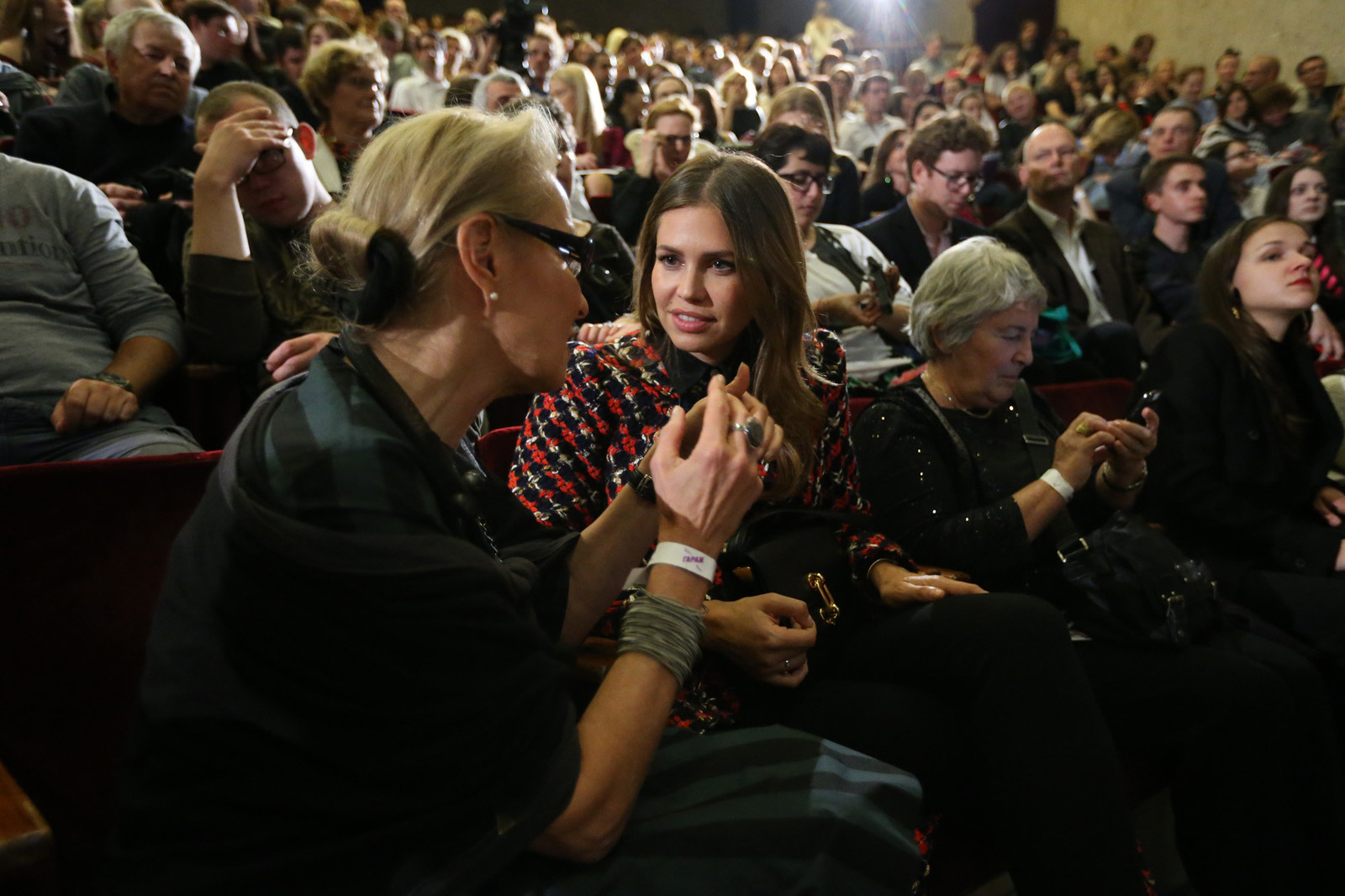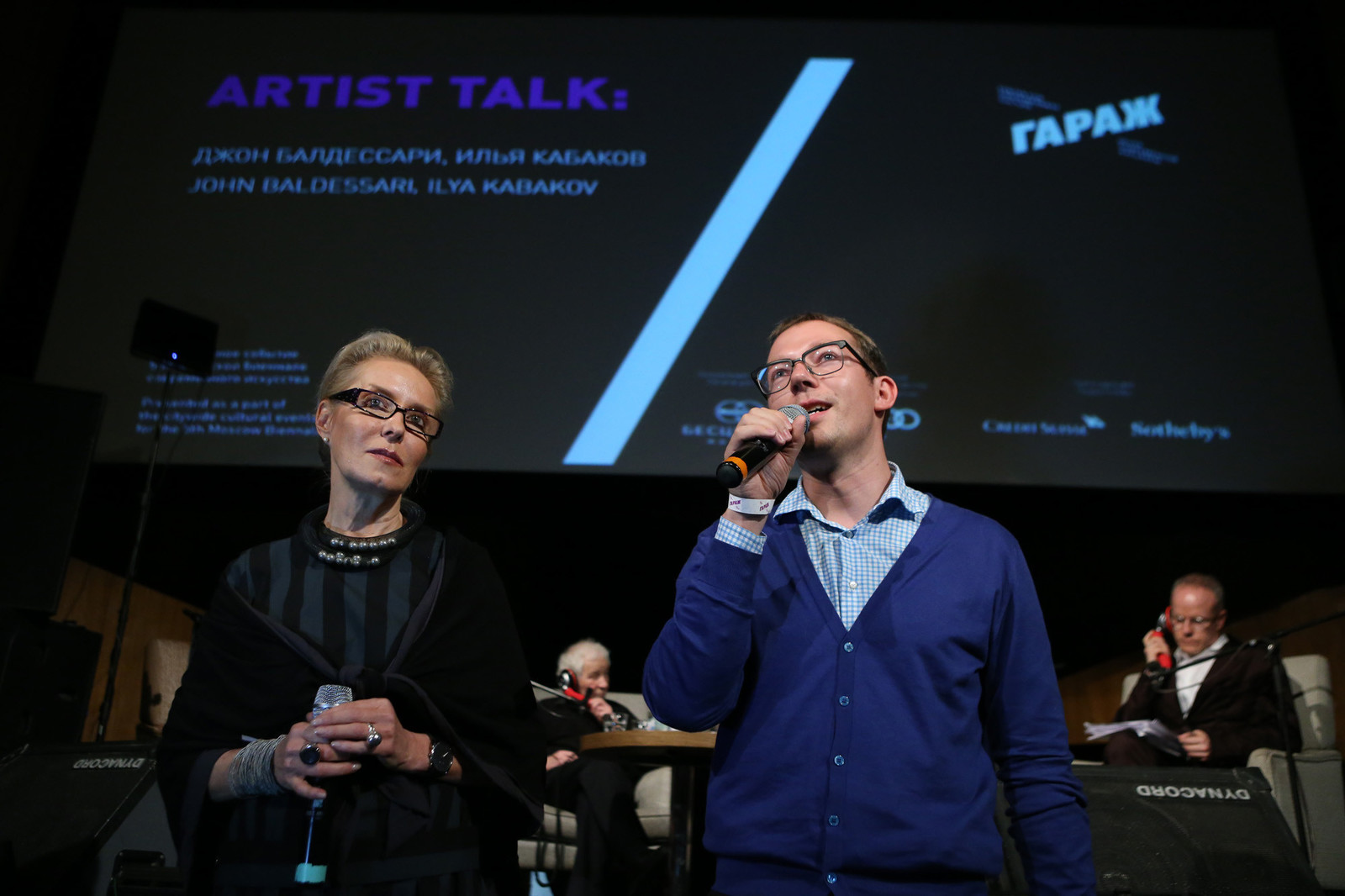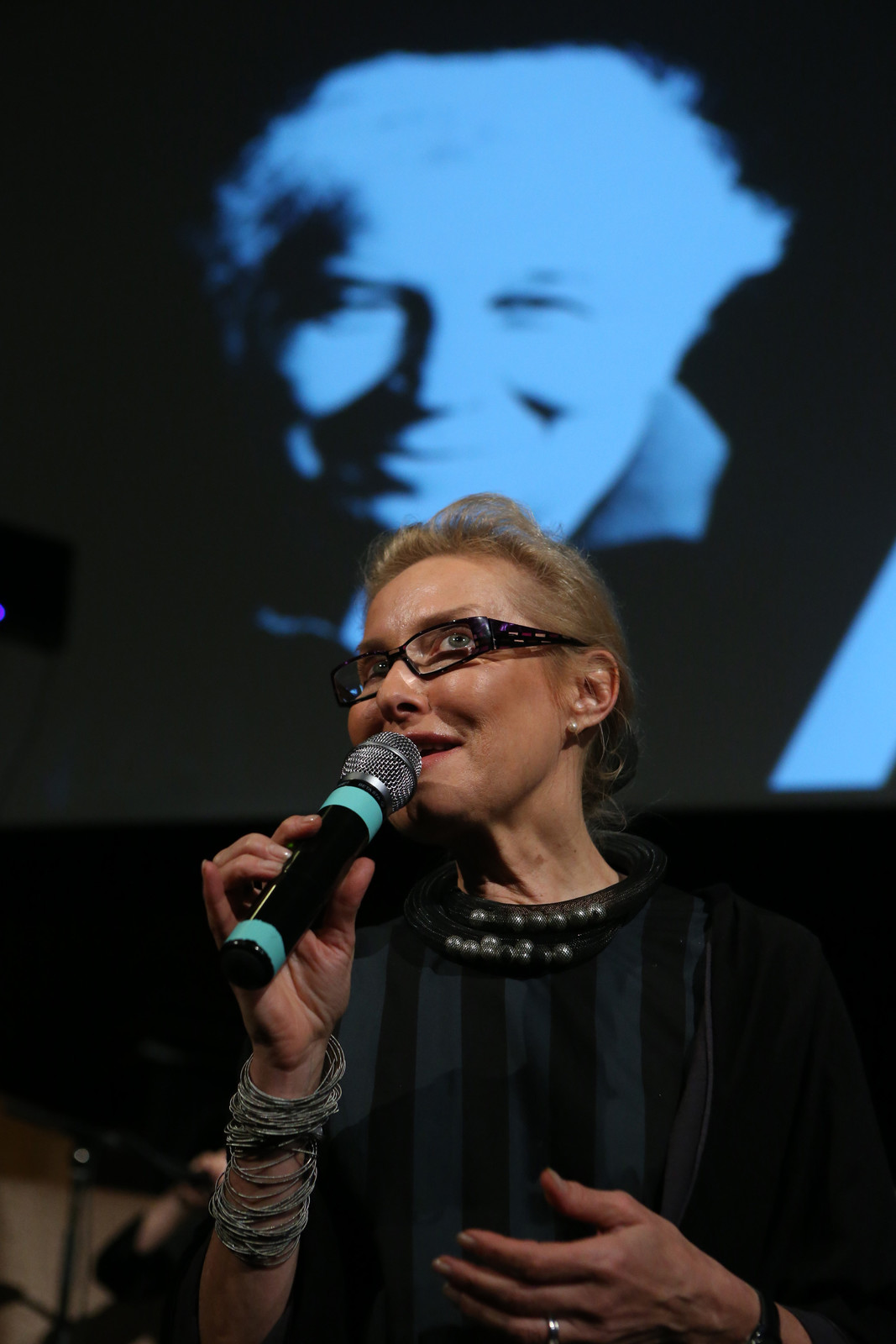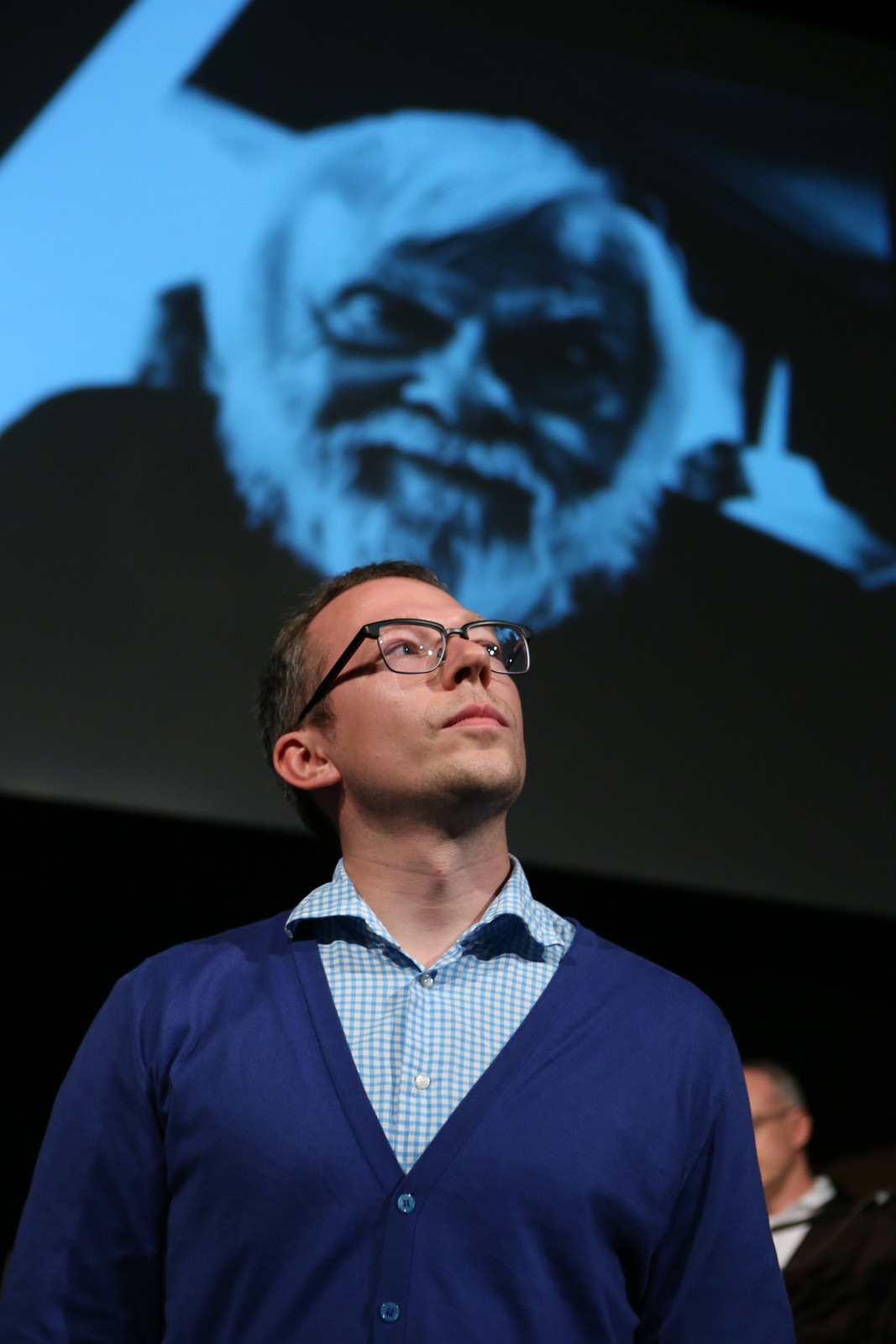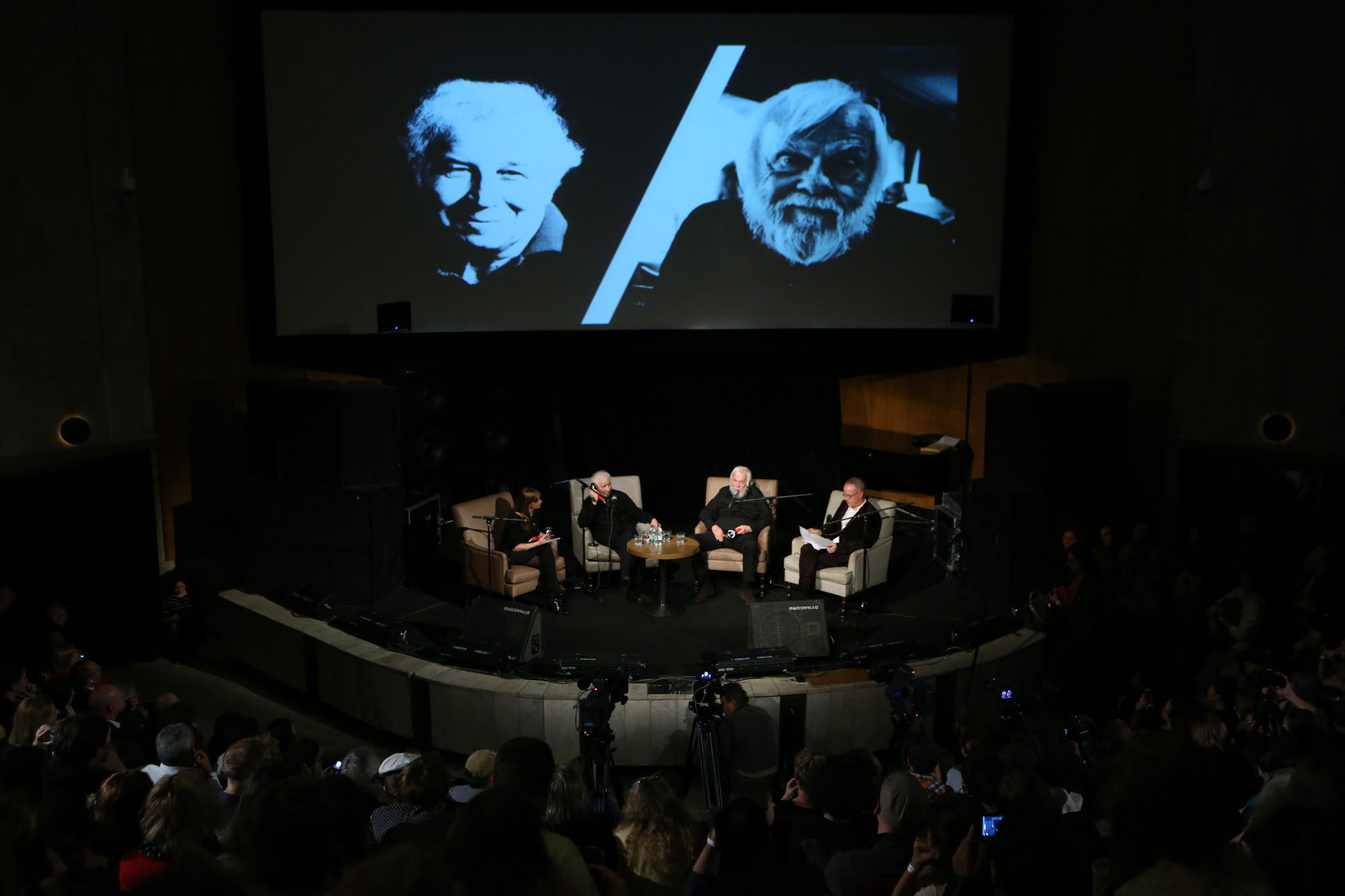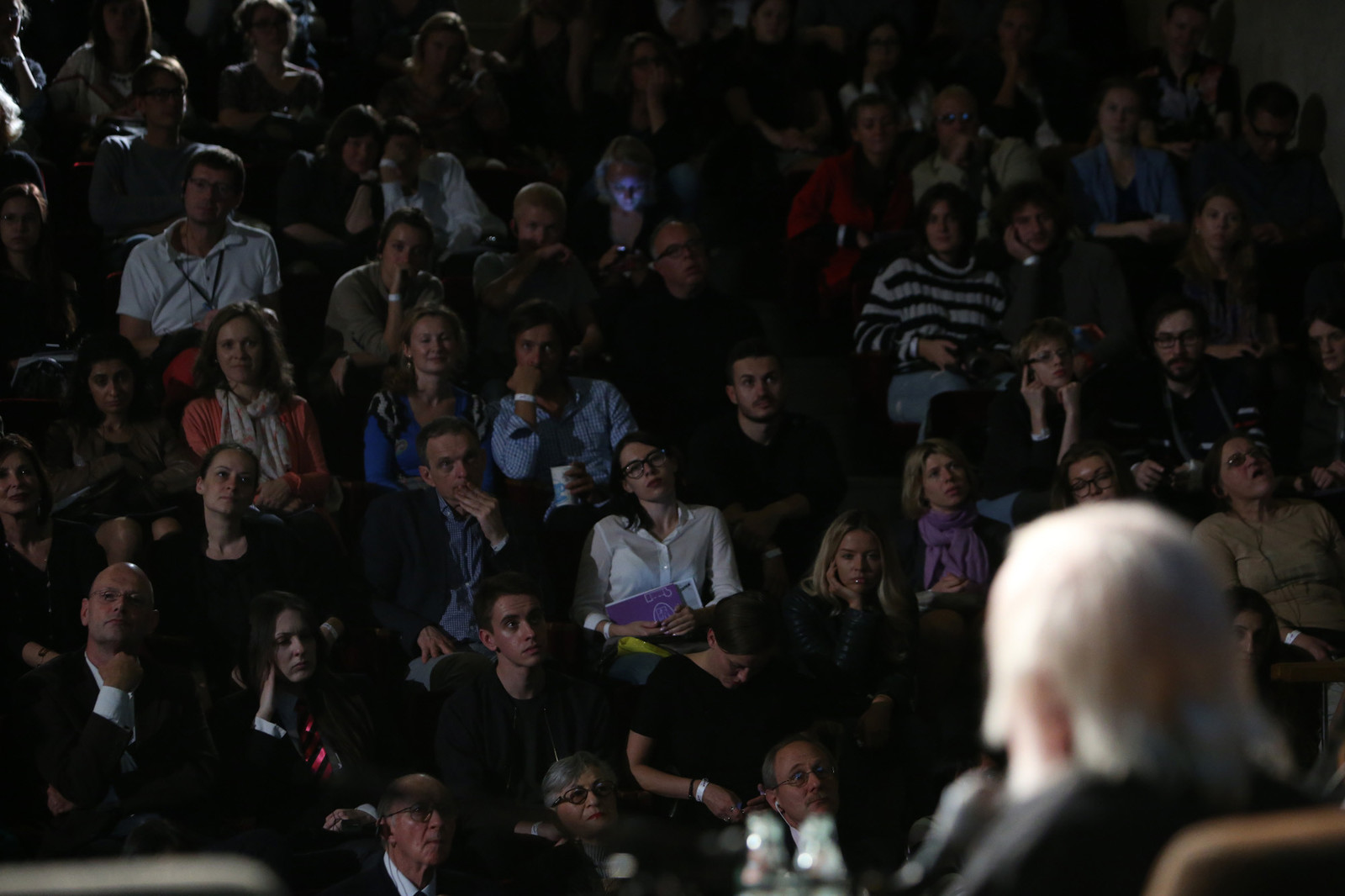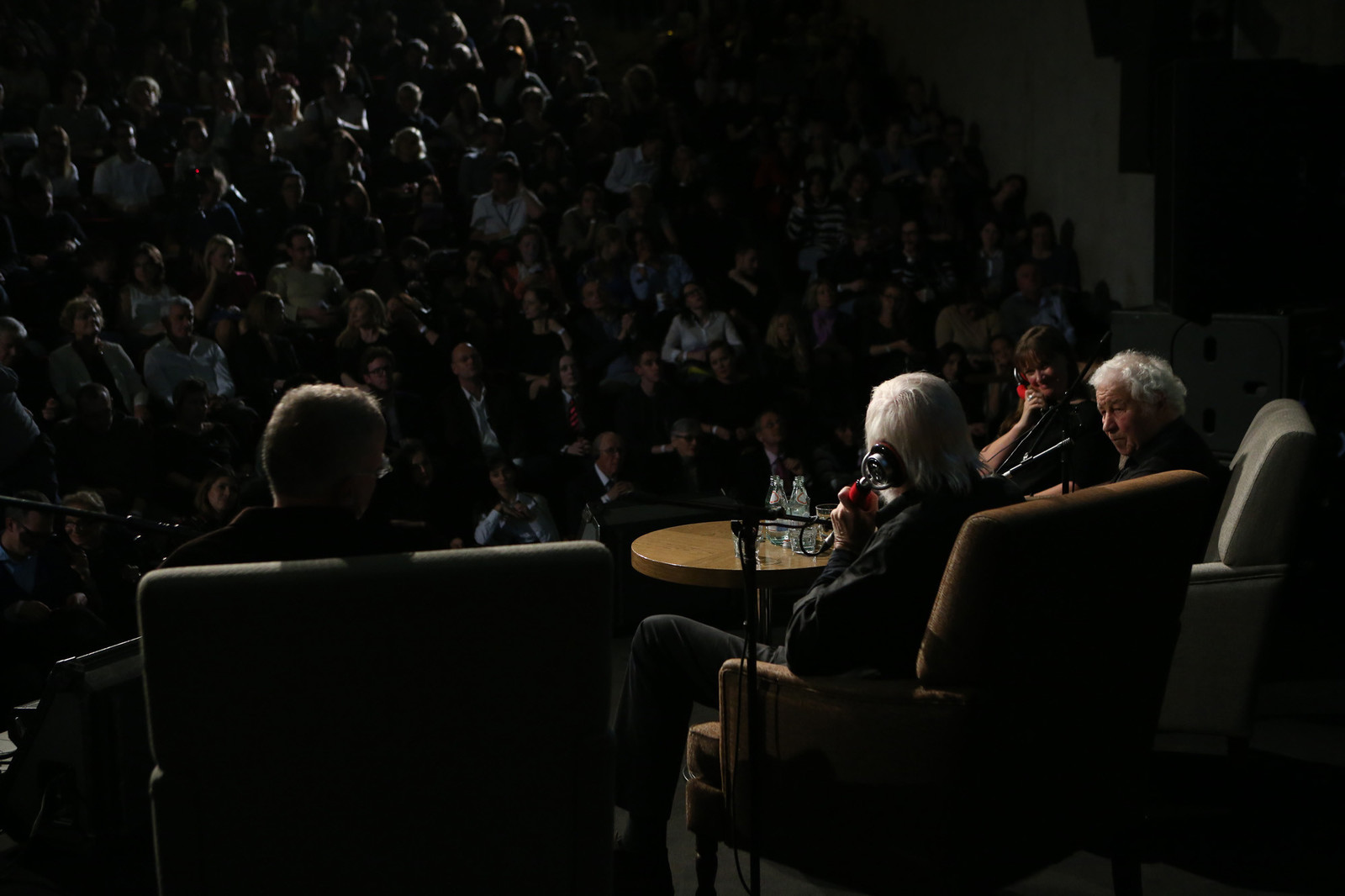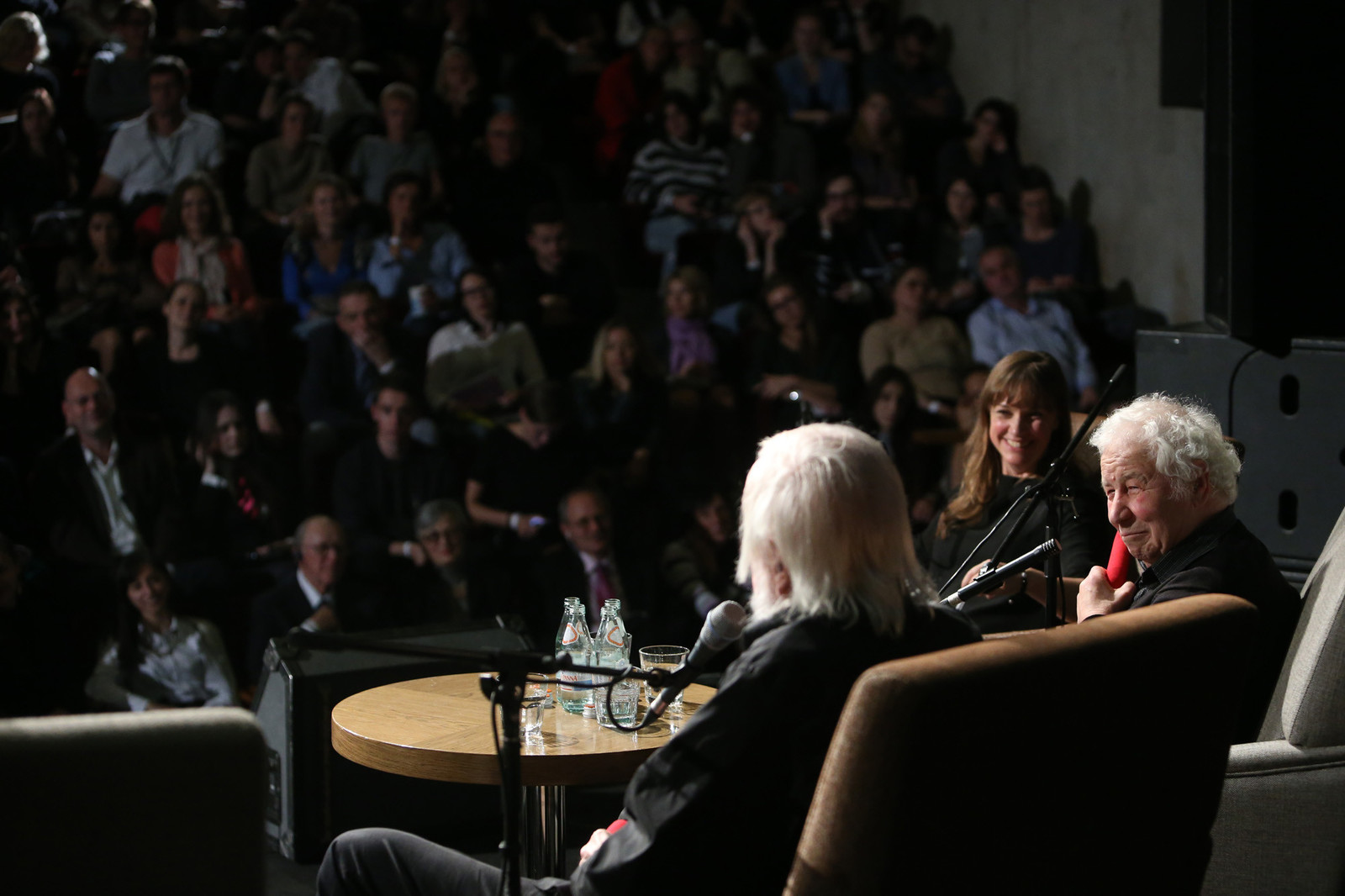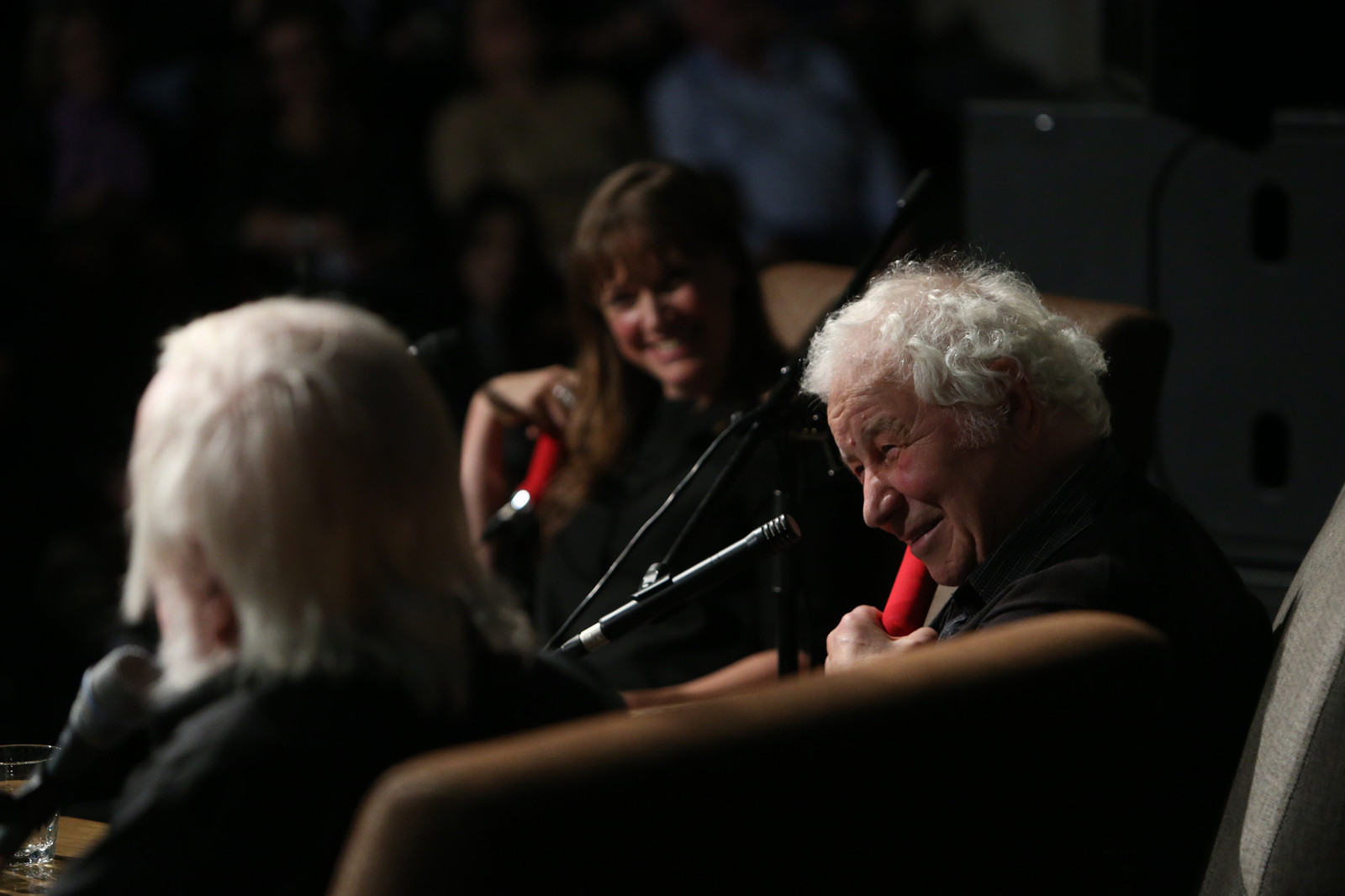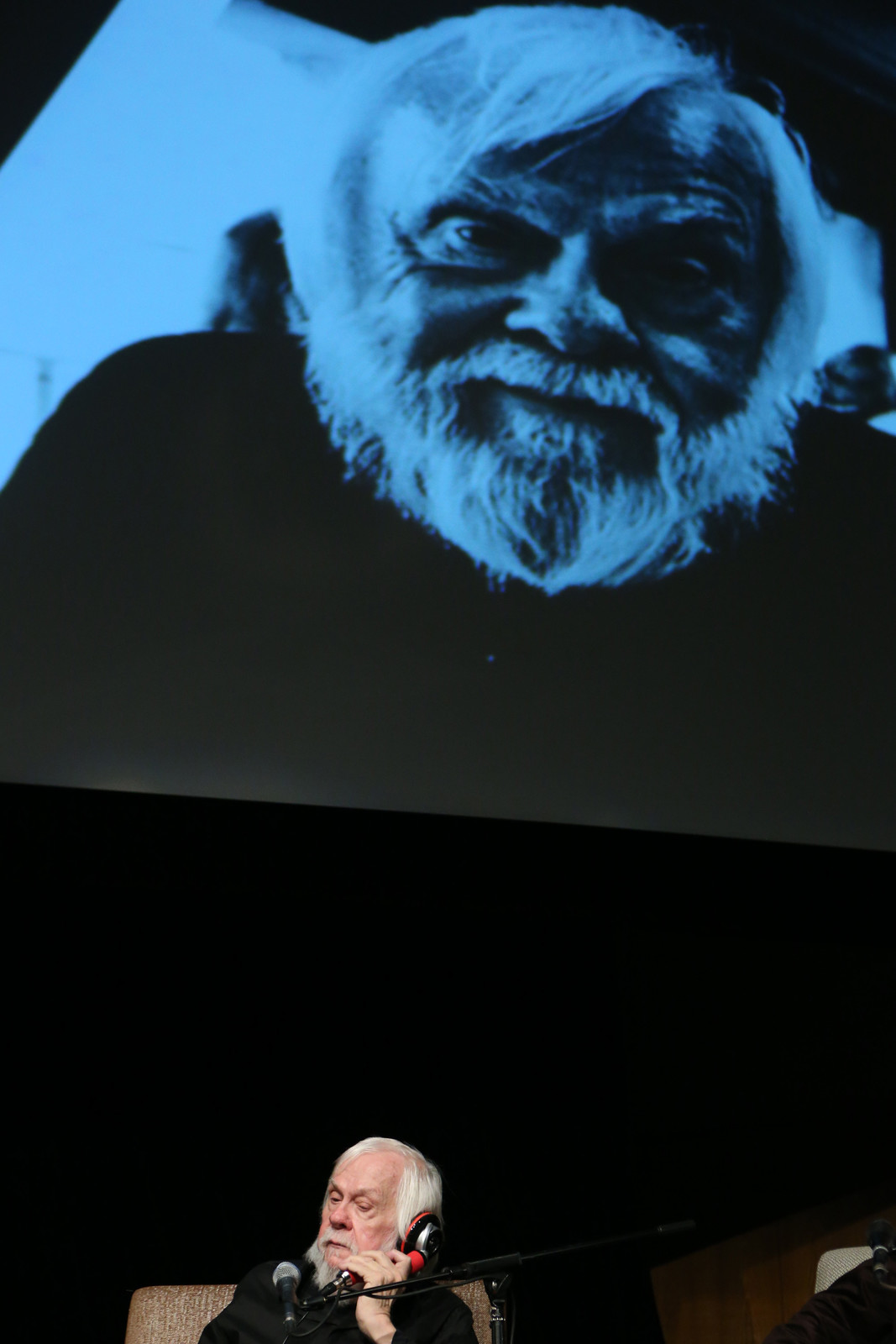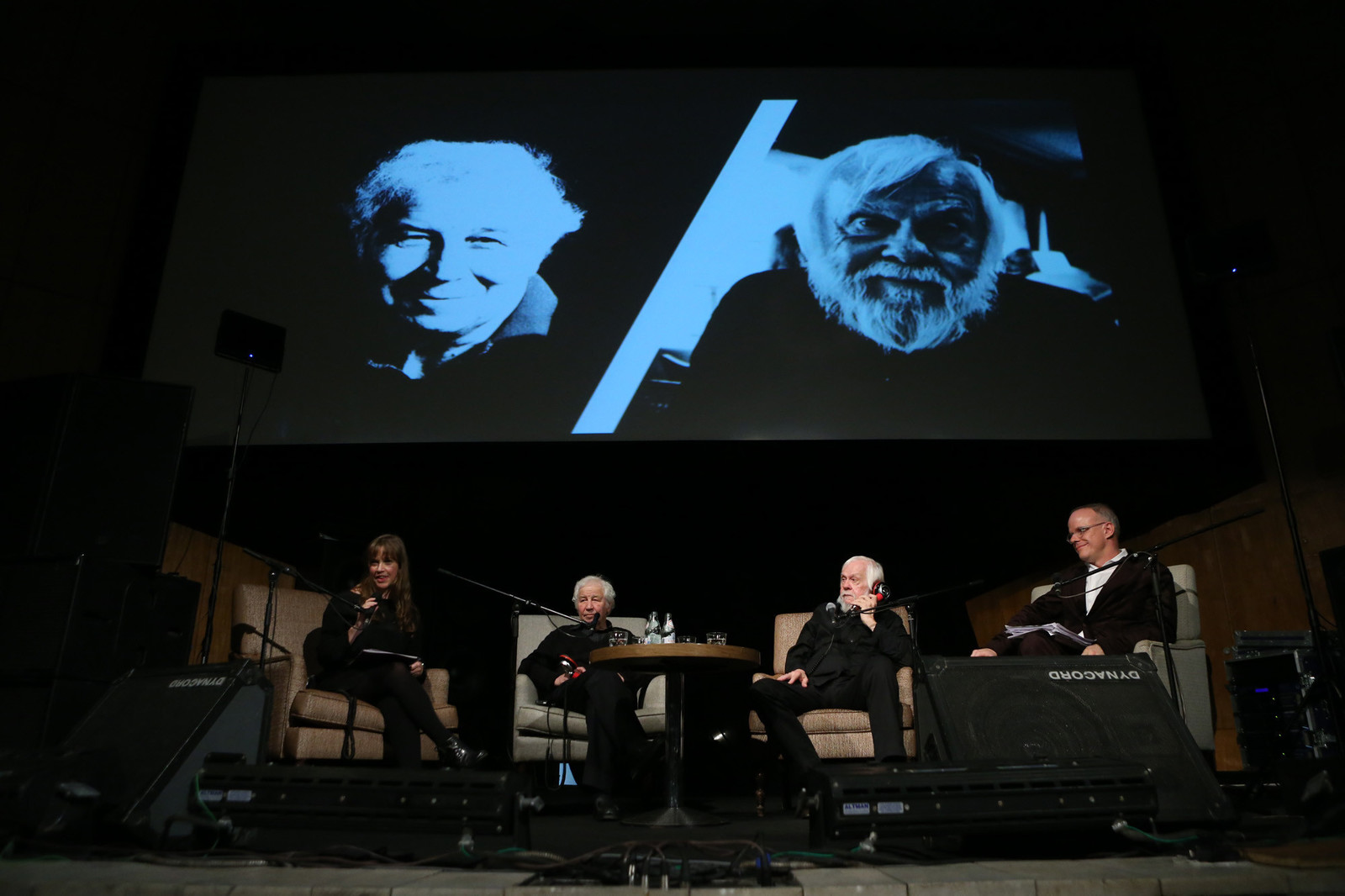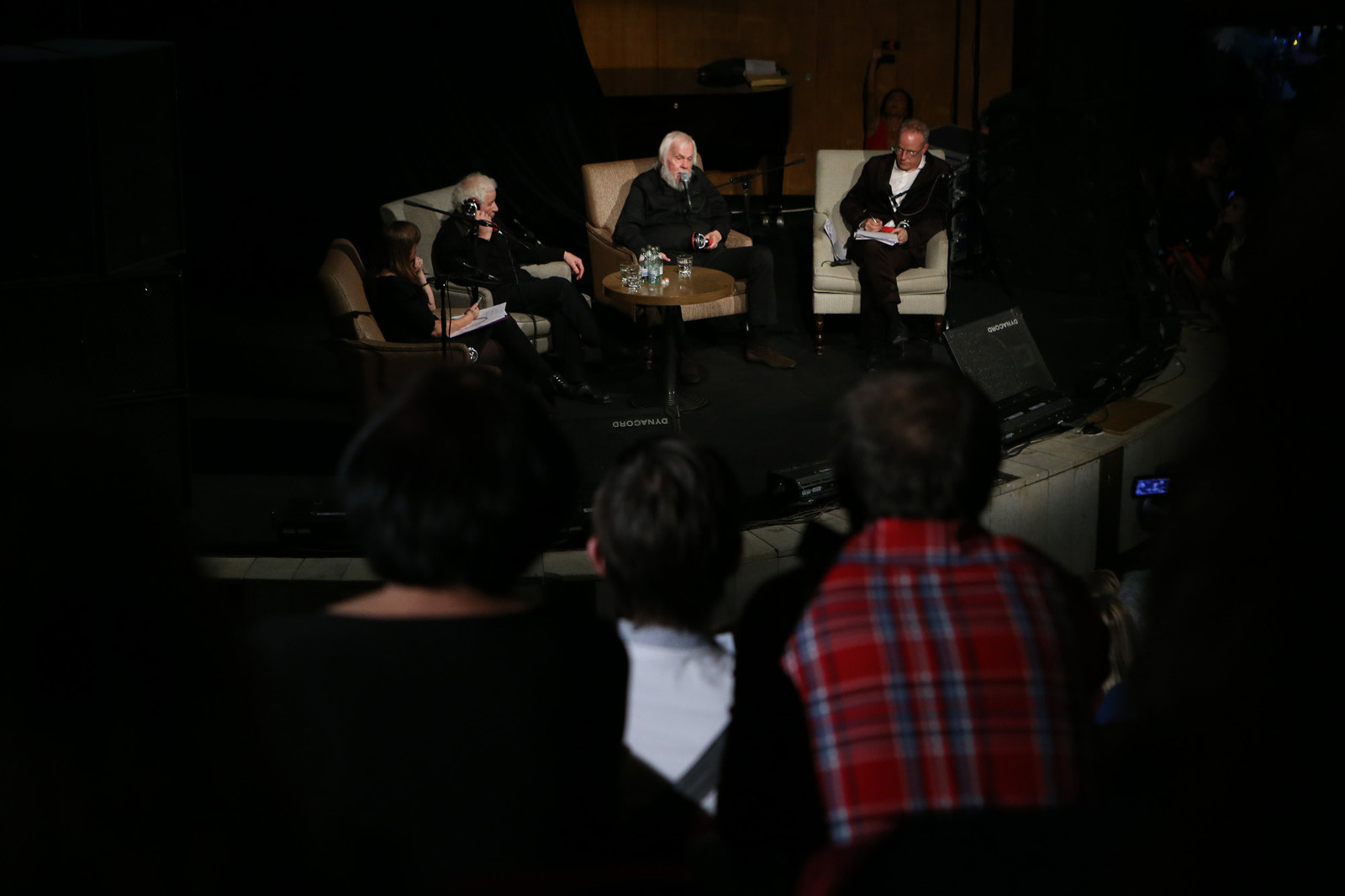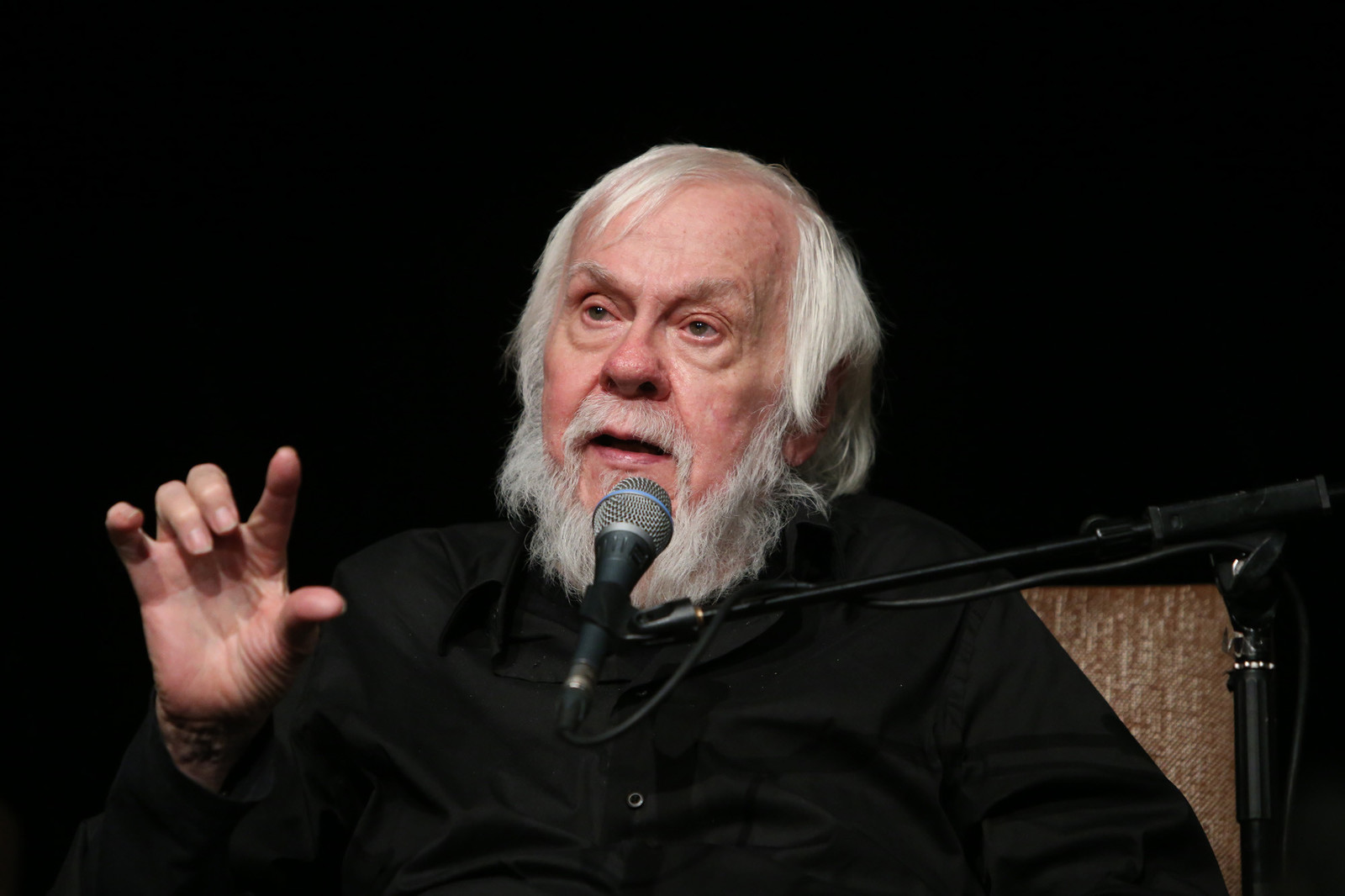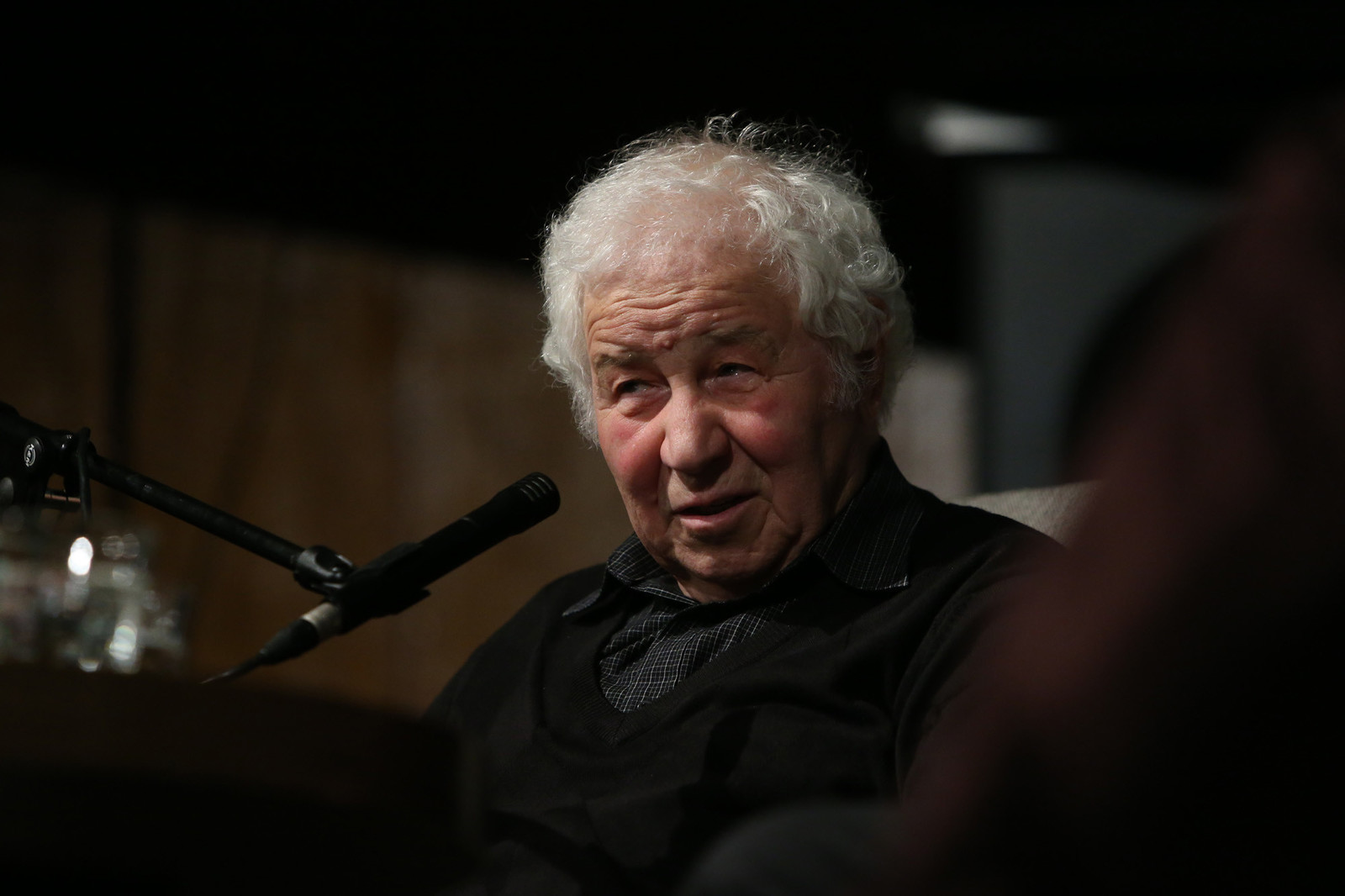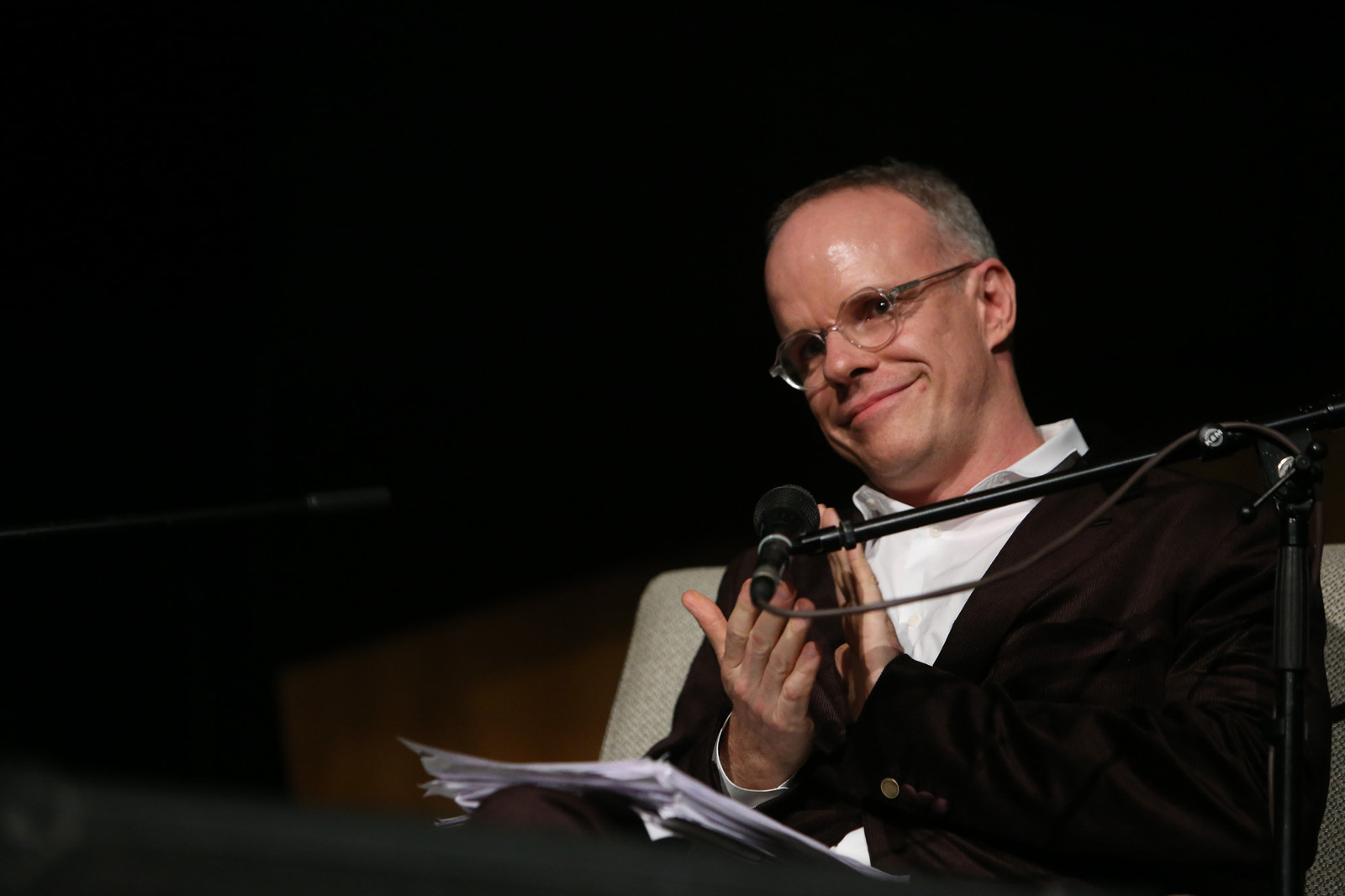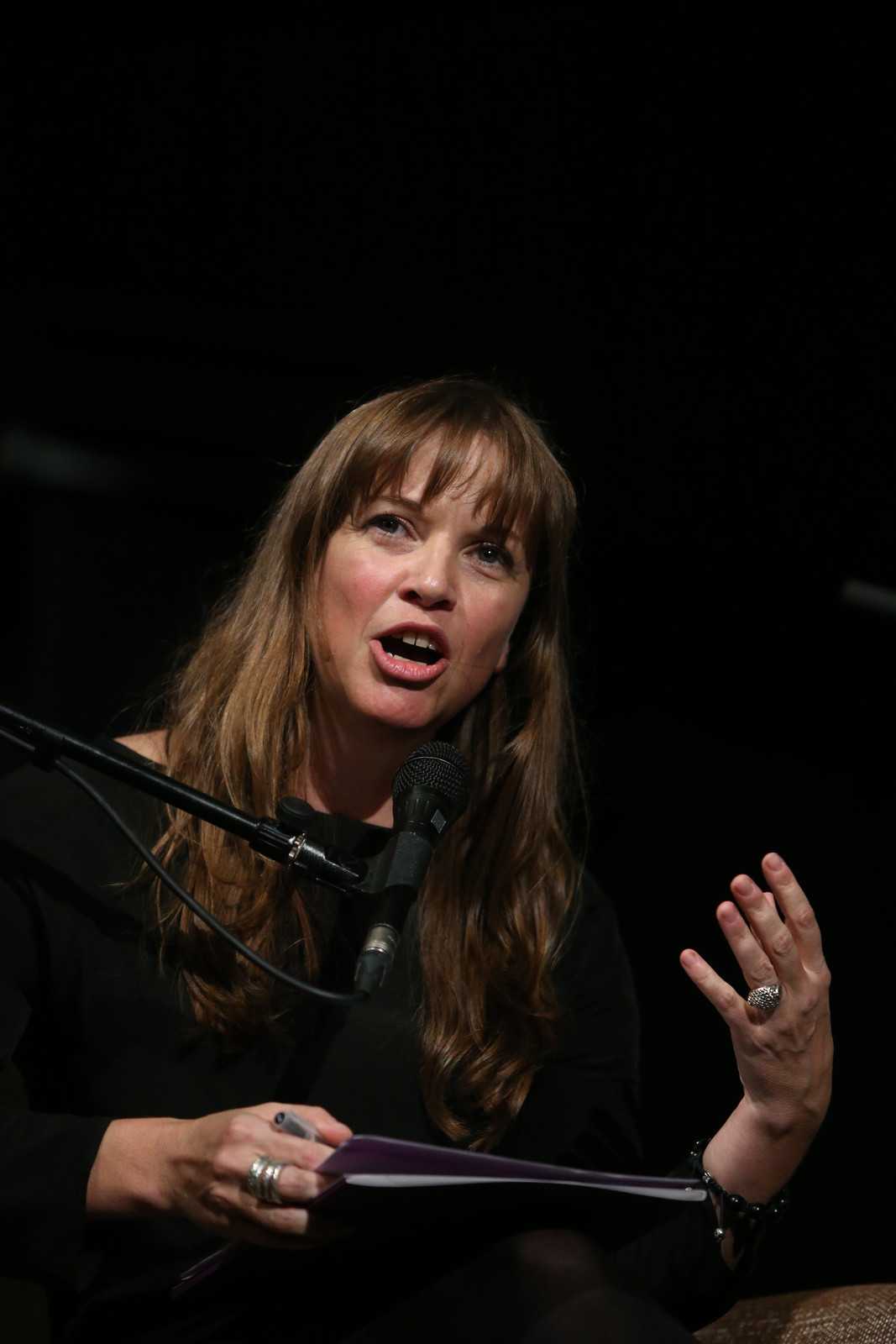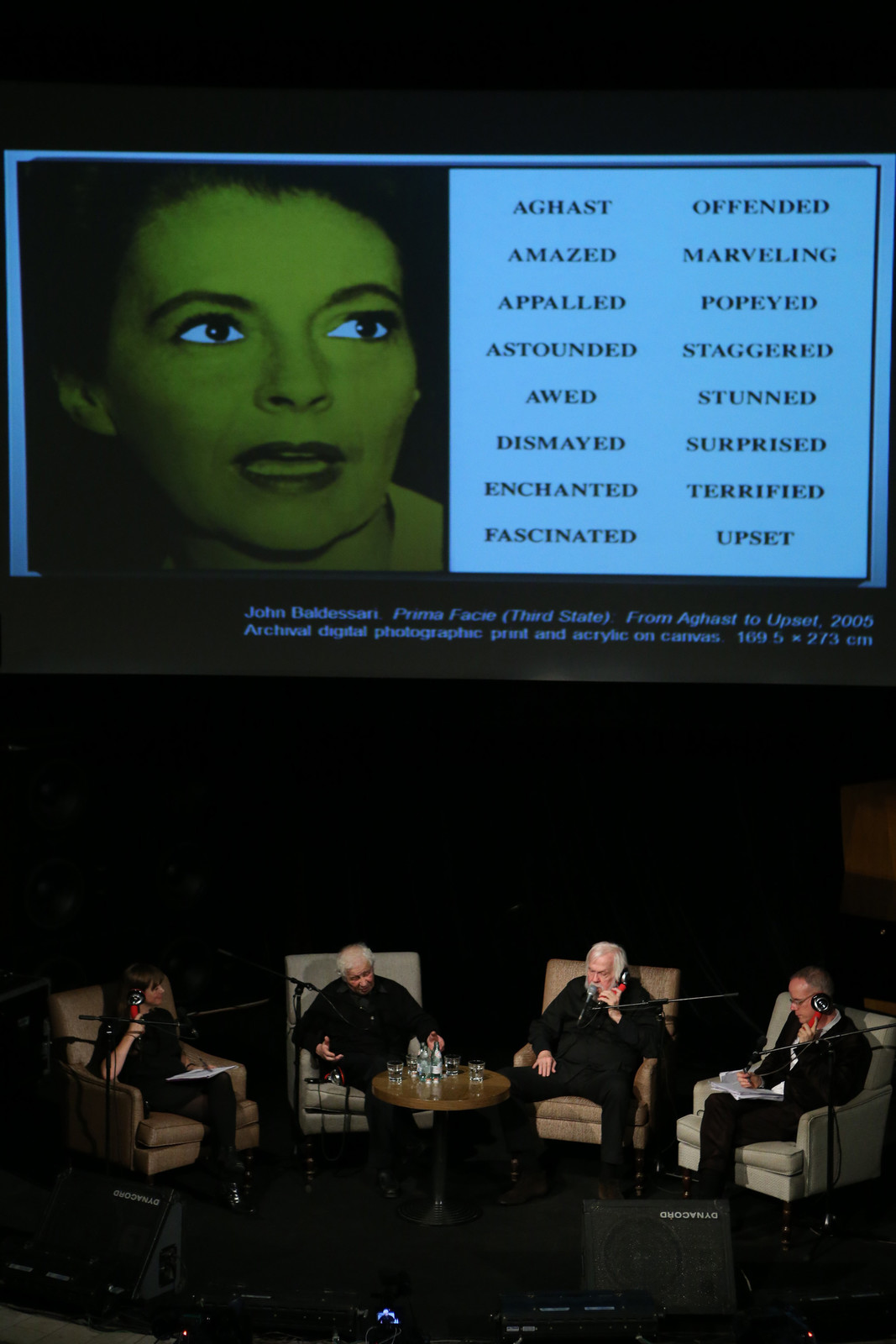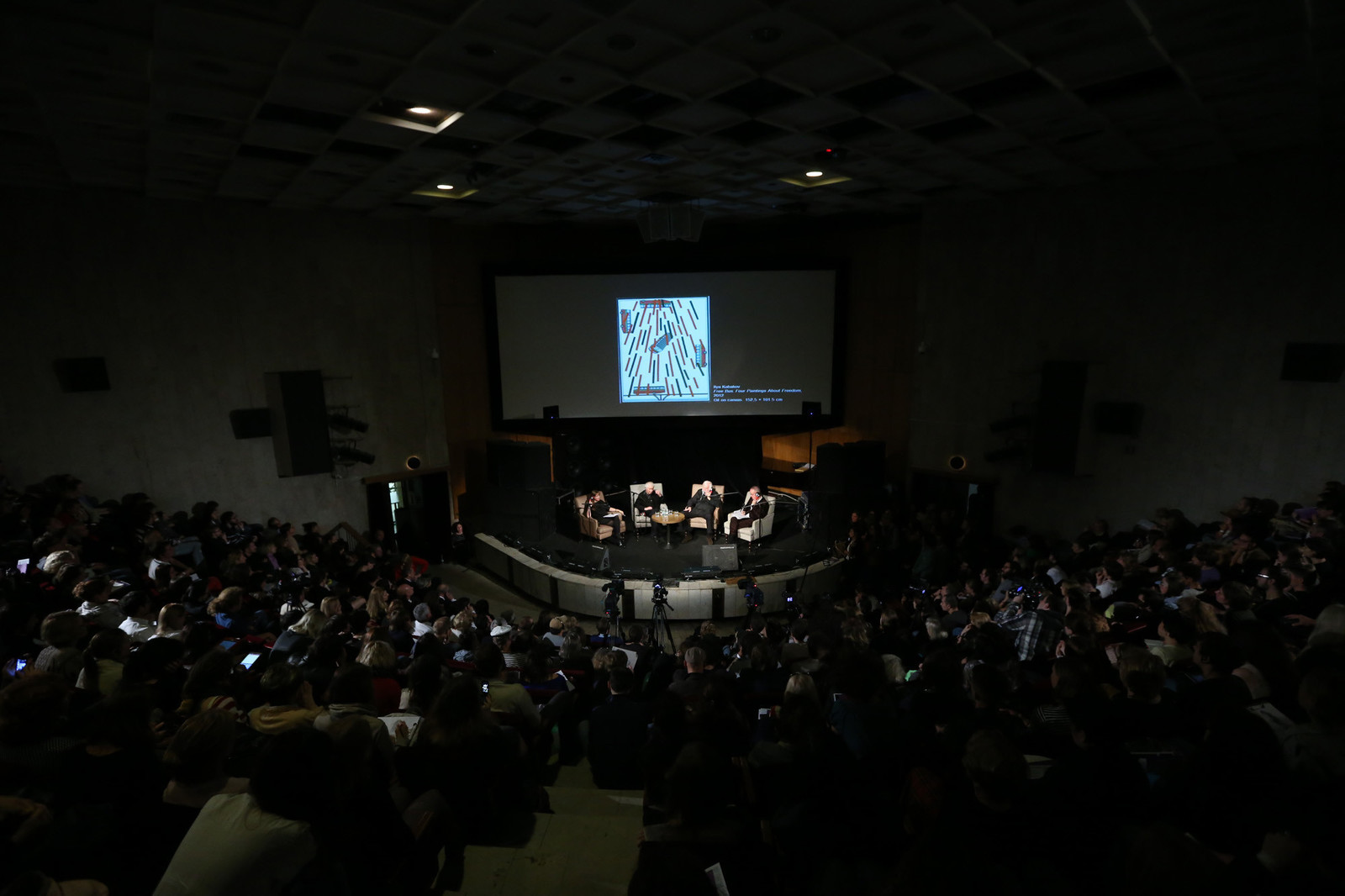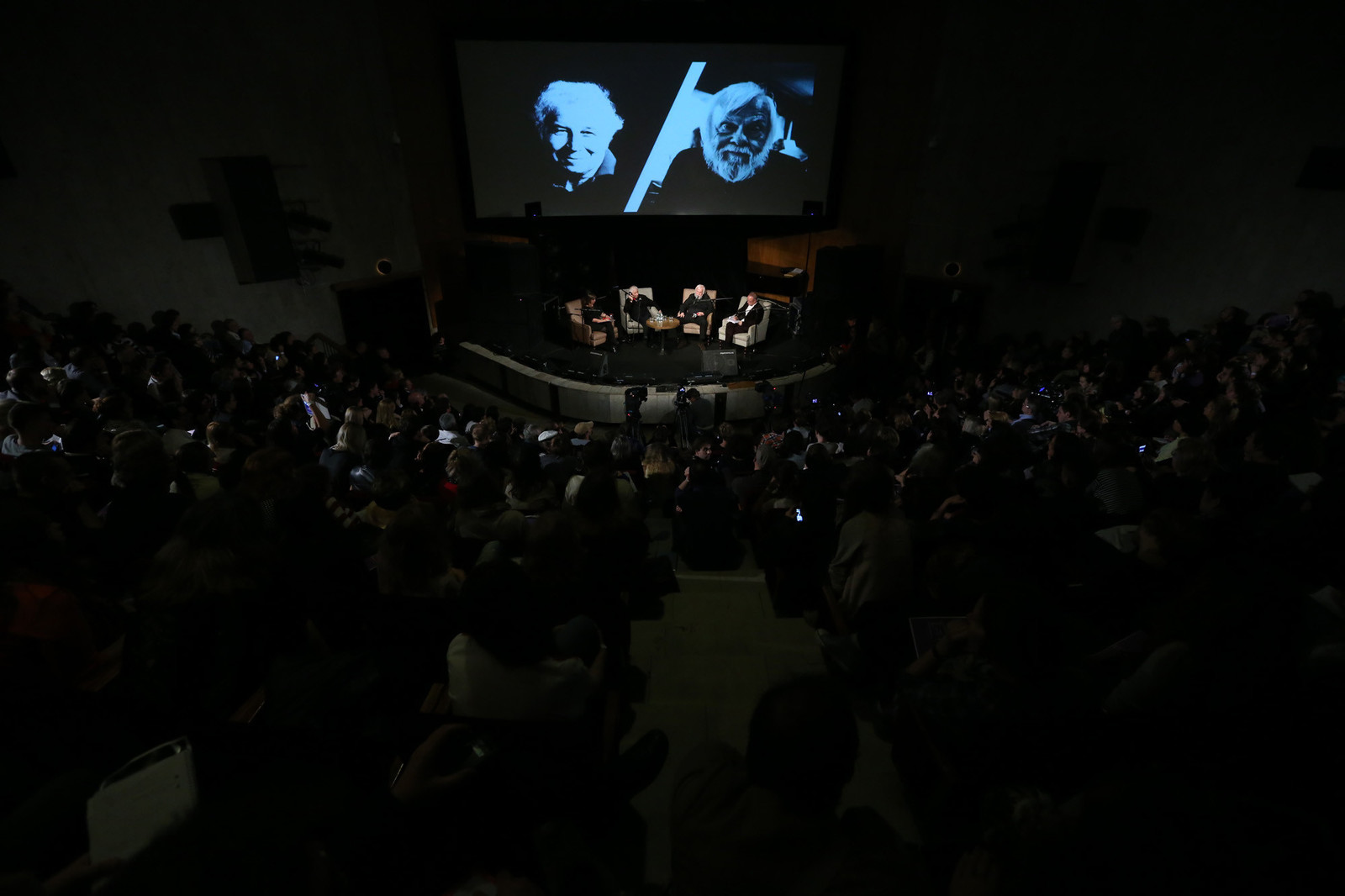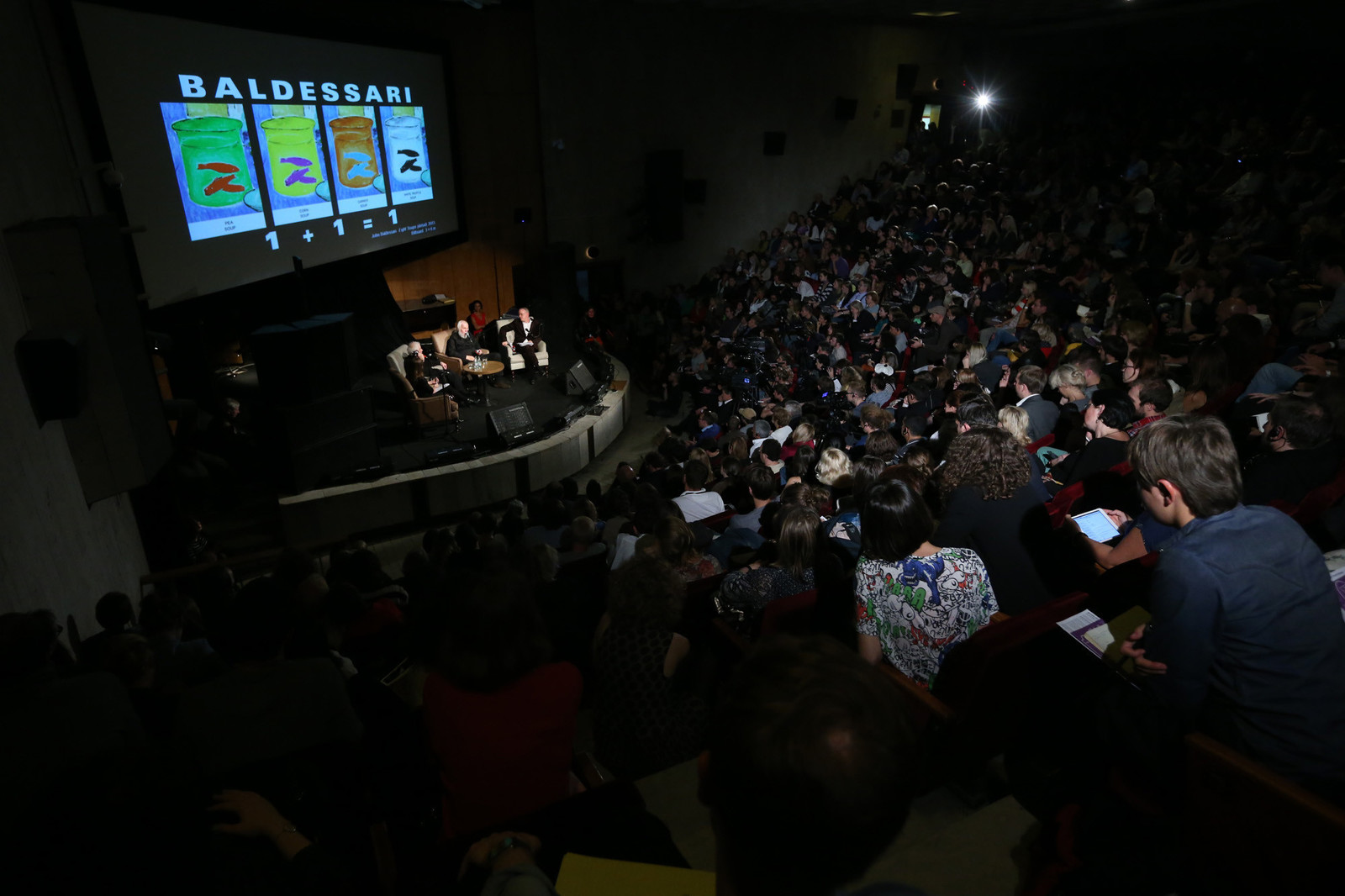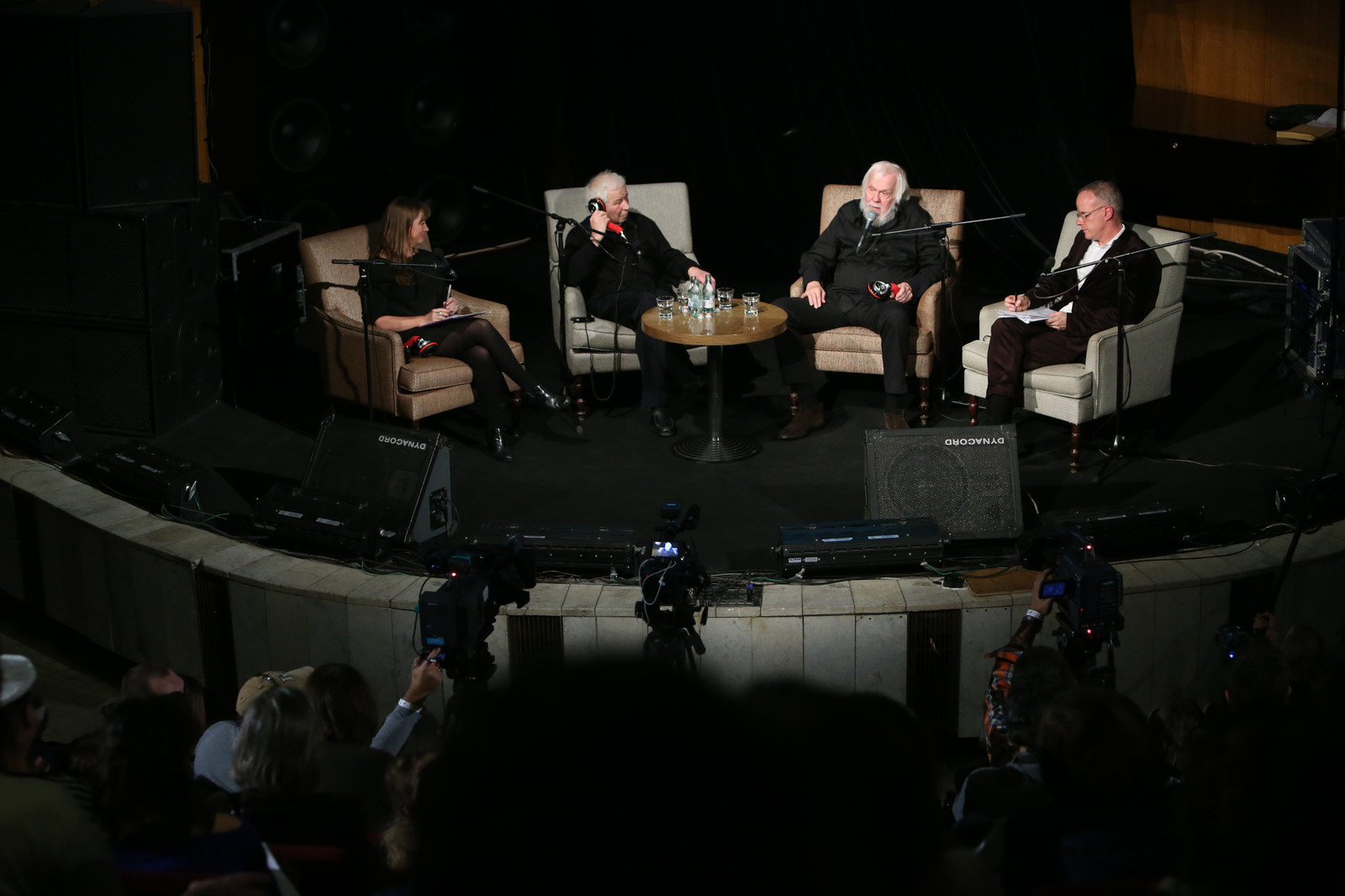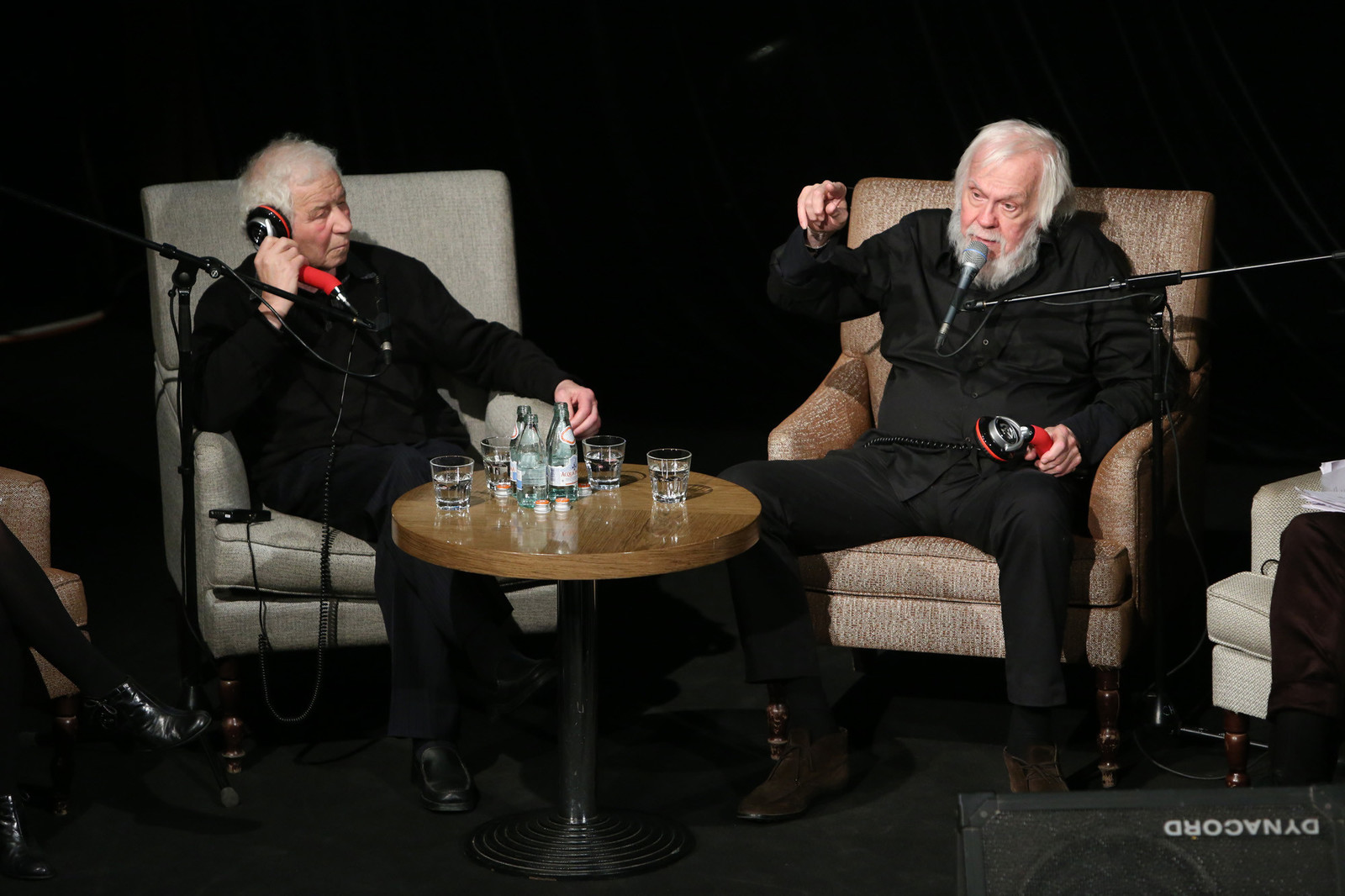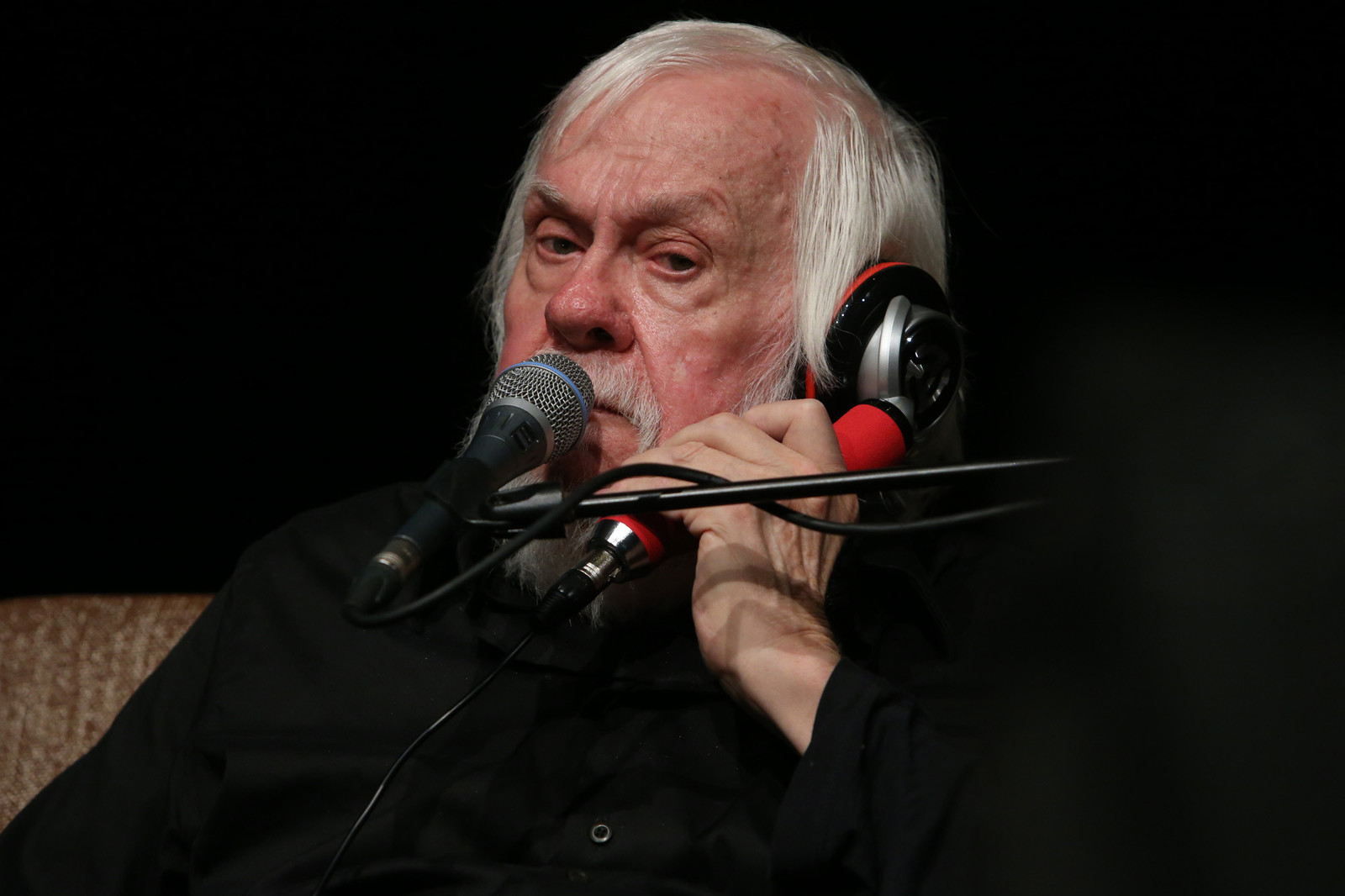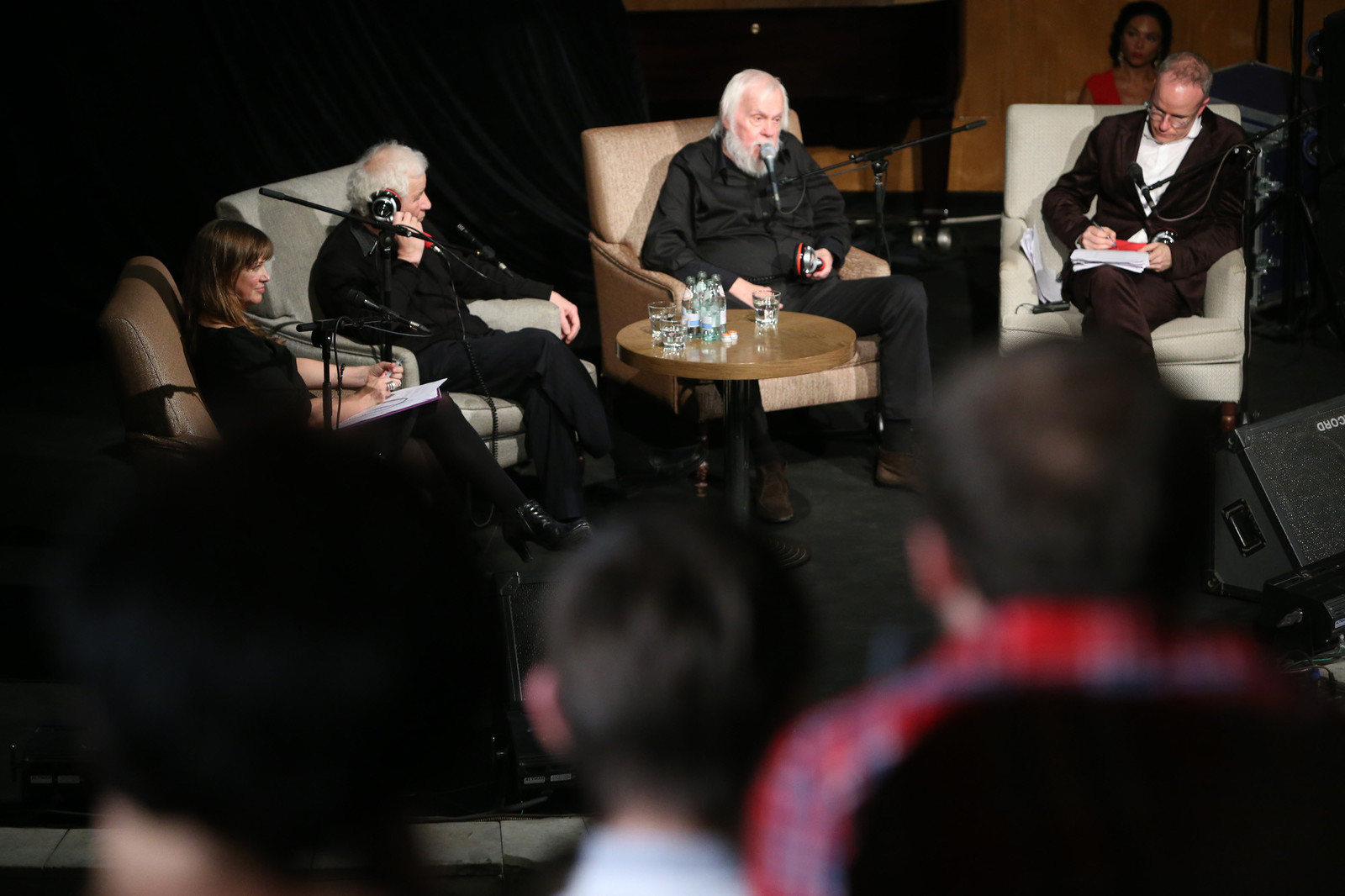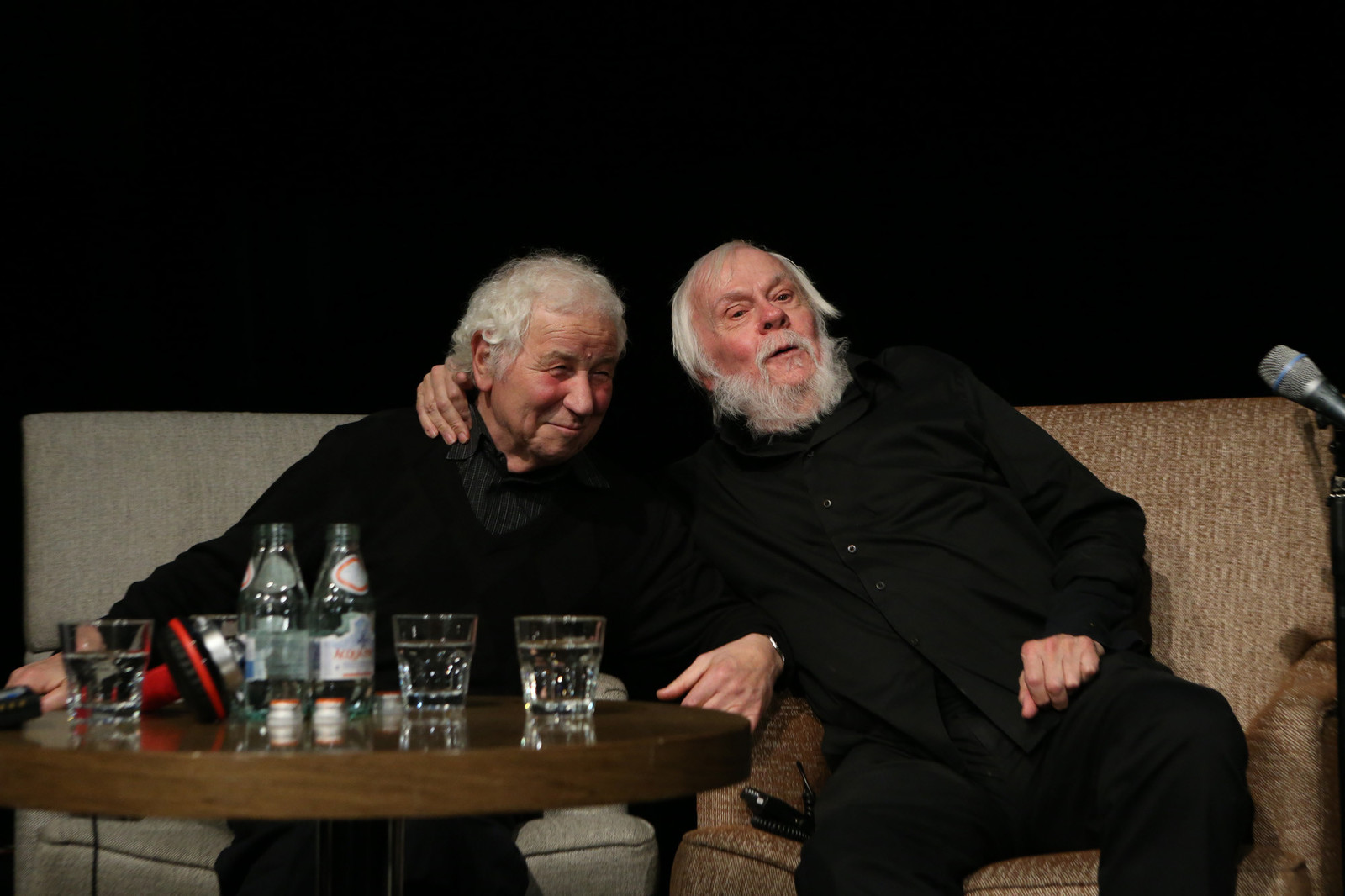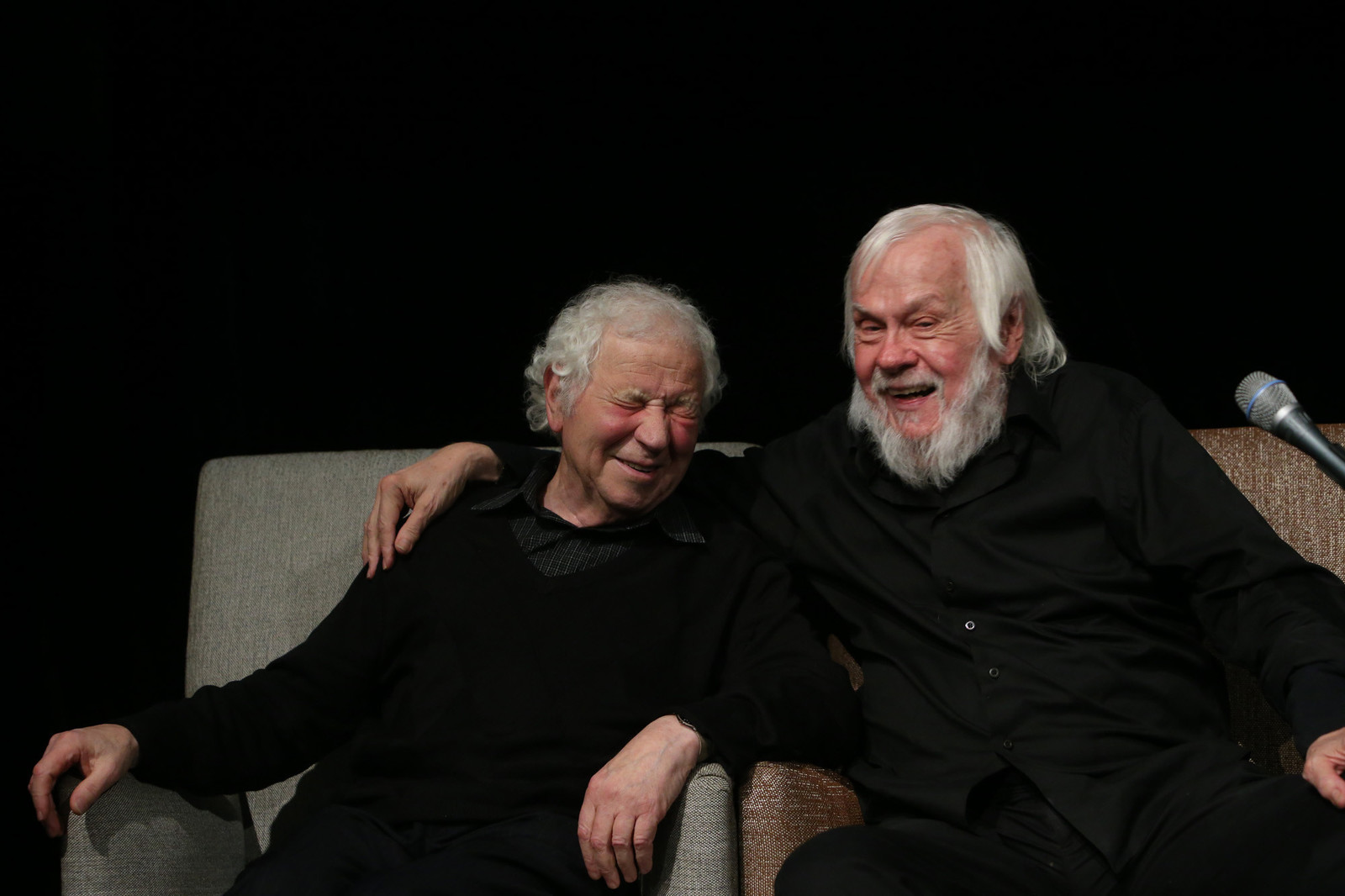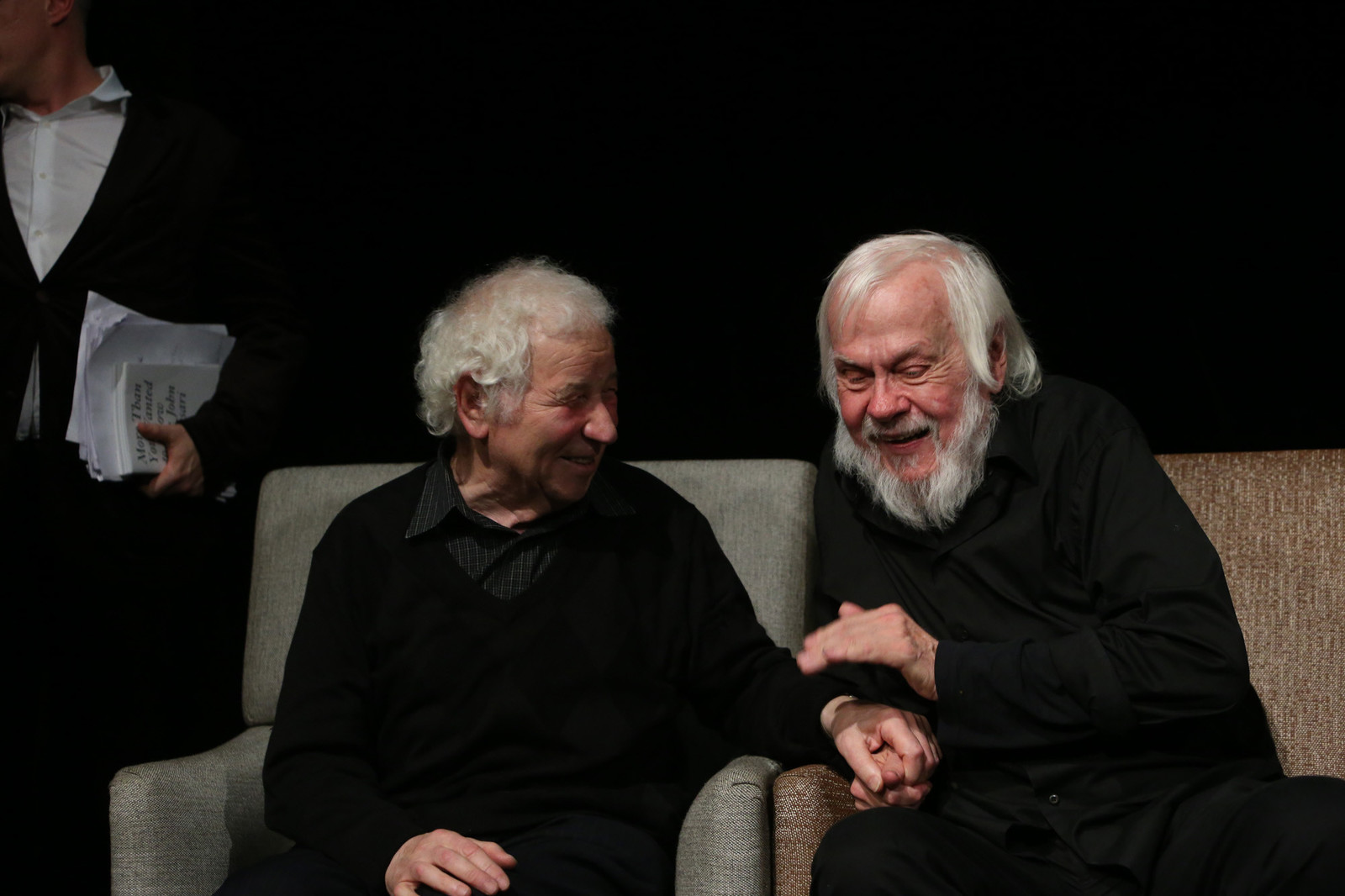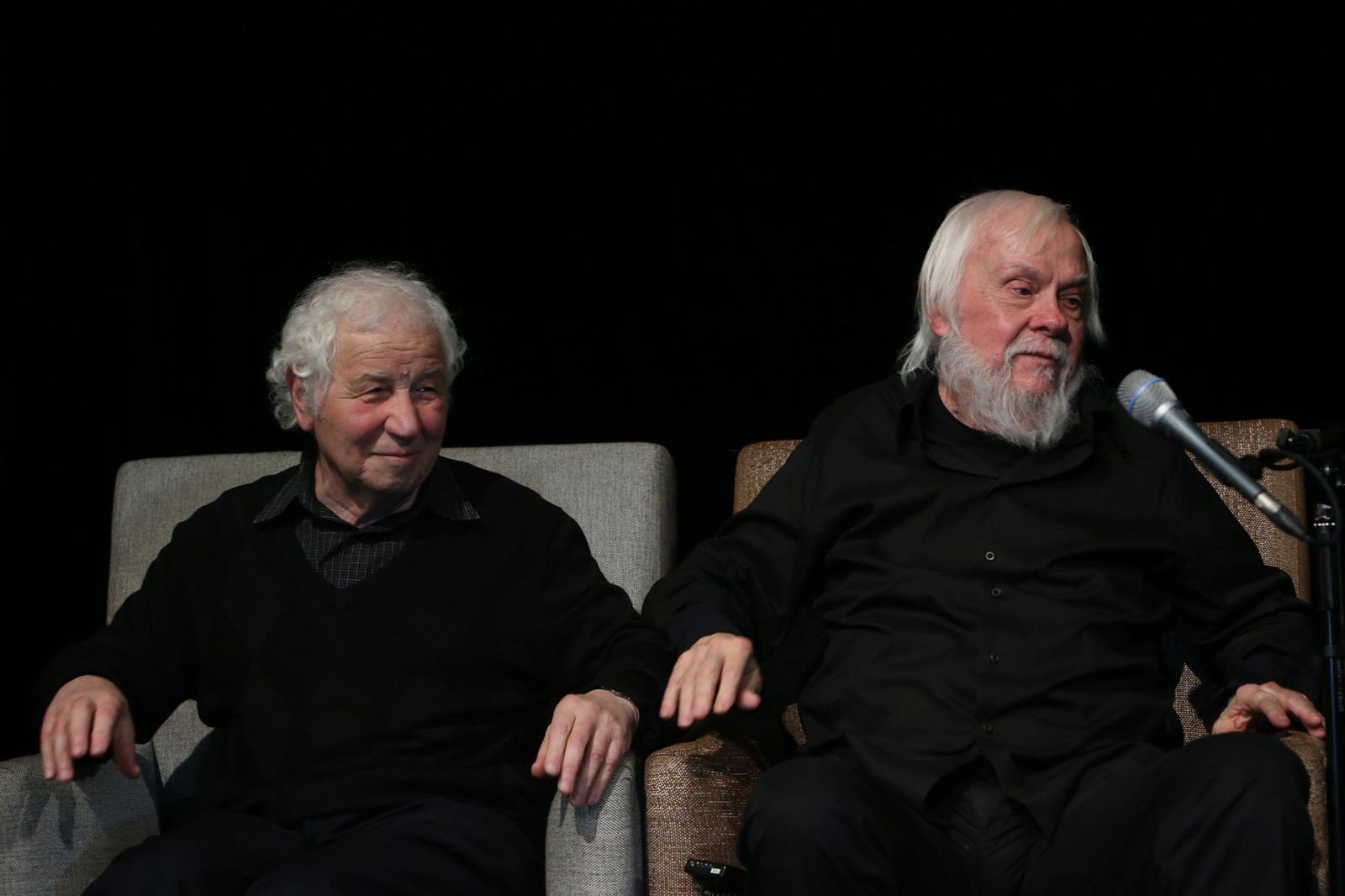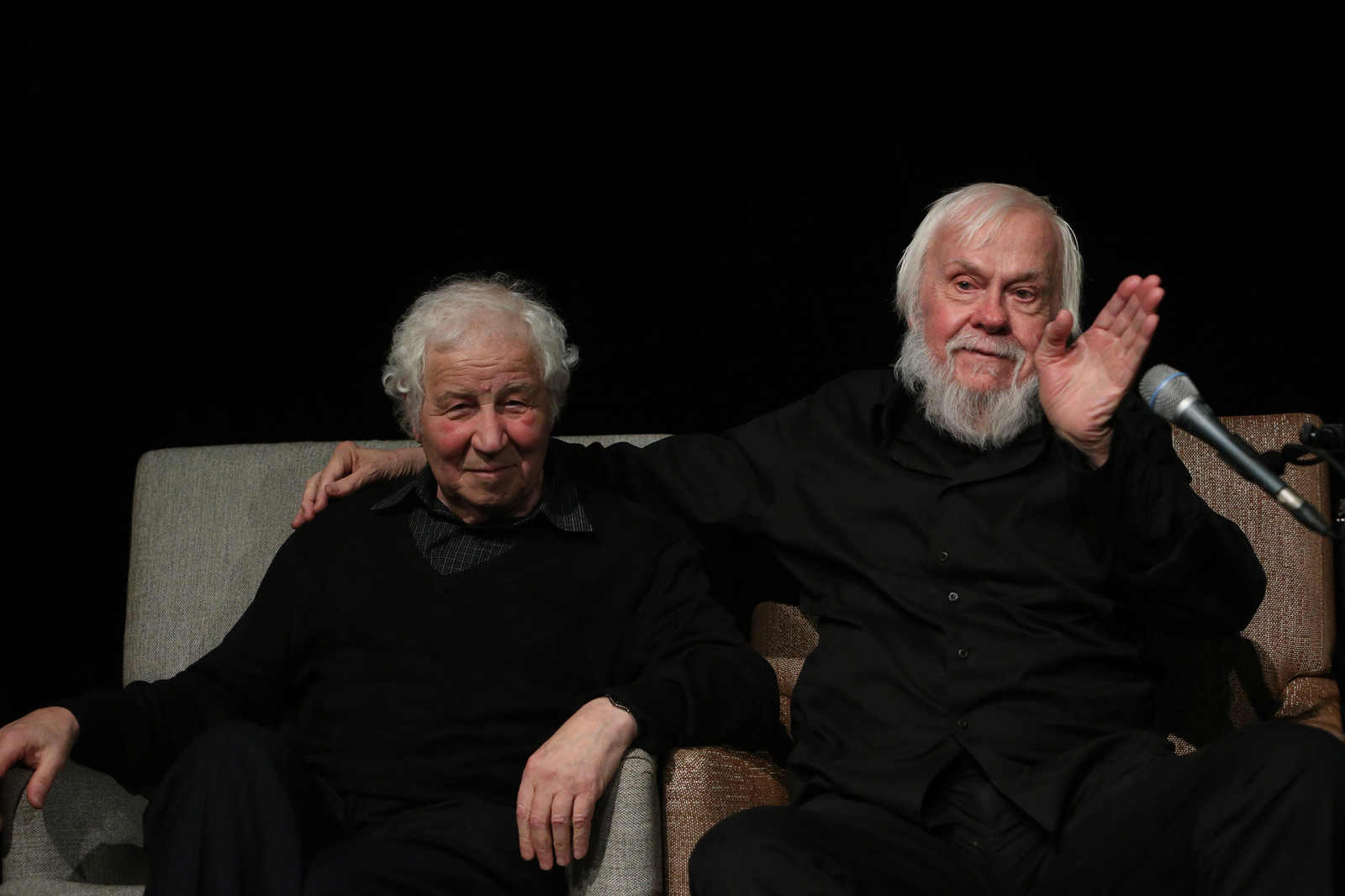The American artist John Baldessari and the Russian Ilya Kabakov are equally celebrated as "godfathers" of Conceptual art and share a love of wit and irony that transcends language. Both have worked for nearly five decades, have a passion for painting and art history, and play with image and text, as well as mining popular culture for inspiration. Surprisingly, they have only shown together once, and have never had the opportunity to discuss their practices together in public.
On the occasion of Baldessari's first show in Moscow, 1+1=1 at Garage Center for Contemporary Culture, join co-curators Kate Fowle and Hans Ulrich Obrist for a conversation with the two artists on their views on art, what inspires them, and what Conceptualism really means to each.
Ilya Kabakov was born in 1933 in Dnepropetrovsk. Since 1988 he has lived in New York City (USA). Kabakov is renowned as a pioneer of Russian Conceptualism, characterized by its caustic reimagining of the Soviet reality with its absurd red tape and pompous slogans. The artist is credited as the author of the term "total installation," emphasizing the full engagement of viewers with an artwork, having used this form for his acclaimed projects La Chambre de Luxe (1981), Box with Garbage (1986), The Communal Kitchen (1991), and The Toilet (1992). Photographs, newspaper clippings, speech snippets, and ordinary objects were incorporated into his installations satirizing Soviet "chic" to provoke both laughter and pity. The exhibition Utopia or Reality? El Lissitzky, Ilya and Emilia Kabakov curated by Charles Esche is open at Multimedia Art Museum from 17 September till 17 November 2013.
John Baldessari was born in 1931 in National City, California, USA, and currently lives and works in Santa Monica, California. A pioneer of Conceptual art, the artist has been working with painting, photography, film, video, books, prints, objects and installation for five decades. Since his first show in 1968, Baldessari has exhibited widely across Europe and the USA, producing nearly 100 solo exhibitions. His first retrospective was organized by the New Museum in New York in 1981; a decade later, in 1990, the Museum of Contemporary Art, Los Angeles developed a survey show that traveled across the United States, and in 1995, This Not That was the first retrospective to be organized in Europe by Cornerhouse, Manchester, which travelled to London, Stuttgart, Ljubljana, Oslo and Lisbon. In 2009, the artist was the subject of a lifetime retrospective, Pure Beauty, organized by Tate Modern in London, which traveled to Museu d'Art Contemporain in Barcelona; Los Angeles County Museum of Art and The Metropolitan Museum of Art, New York throughout 2011.
Participating in hundreds of group exhibitions all over the world since 1957, Baldessari has been selected for six Whitney Biennials (1969, 1972, 1977, 1979, 1982, 2008), three Documentas (1972, 1982, 2012) and two Venice Biennales (1997, 2009). In 2011, he was included in eleven of the 40 exhibitions developed as part of Pacific Standard Time: Art in L.A., 1945-1980. Over his career, the artist has received numerous awards, including the Kaiserring by the city of Goslar, Germany (2012); the Golden Lion Award for Lifetime Achievement at the Venice Biennale (2009); the Lifetime Achievement Award, Americans for the Arts, New York (2005) and the Distinguished Artist Award for Lifetime Achievement, College Art Association, New York (1999).
